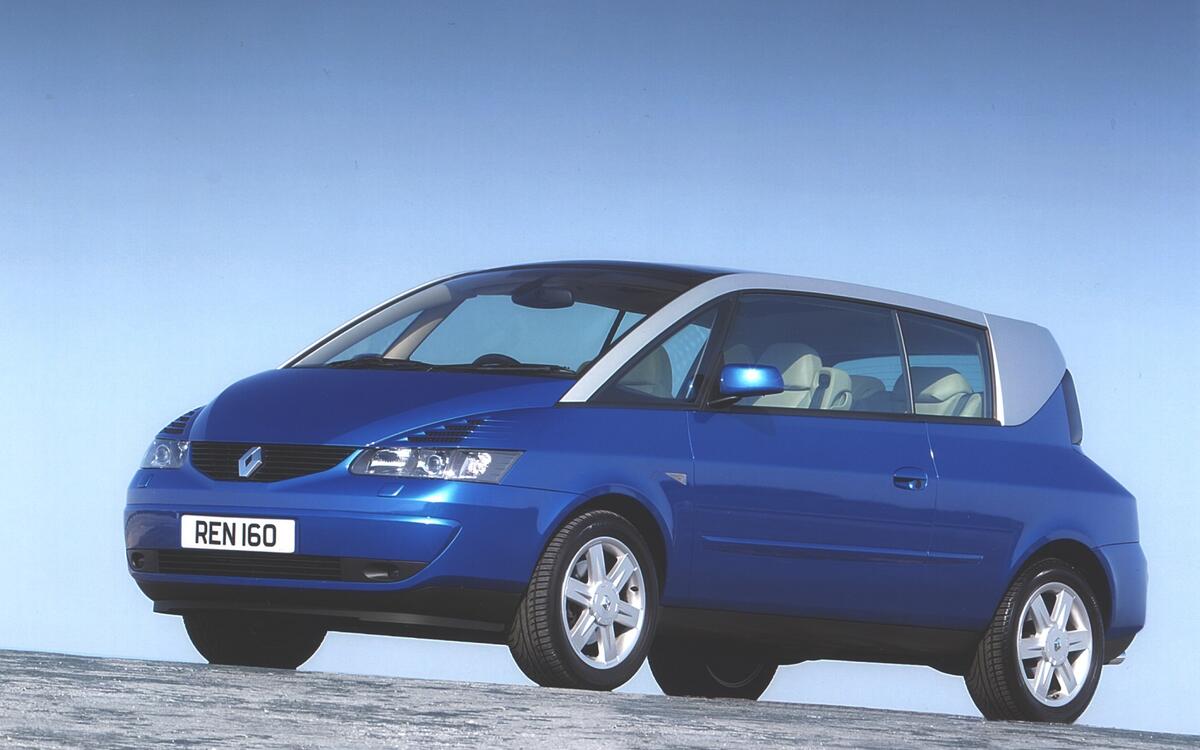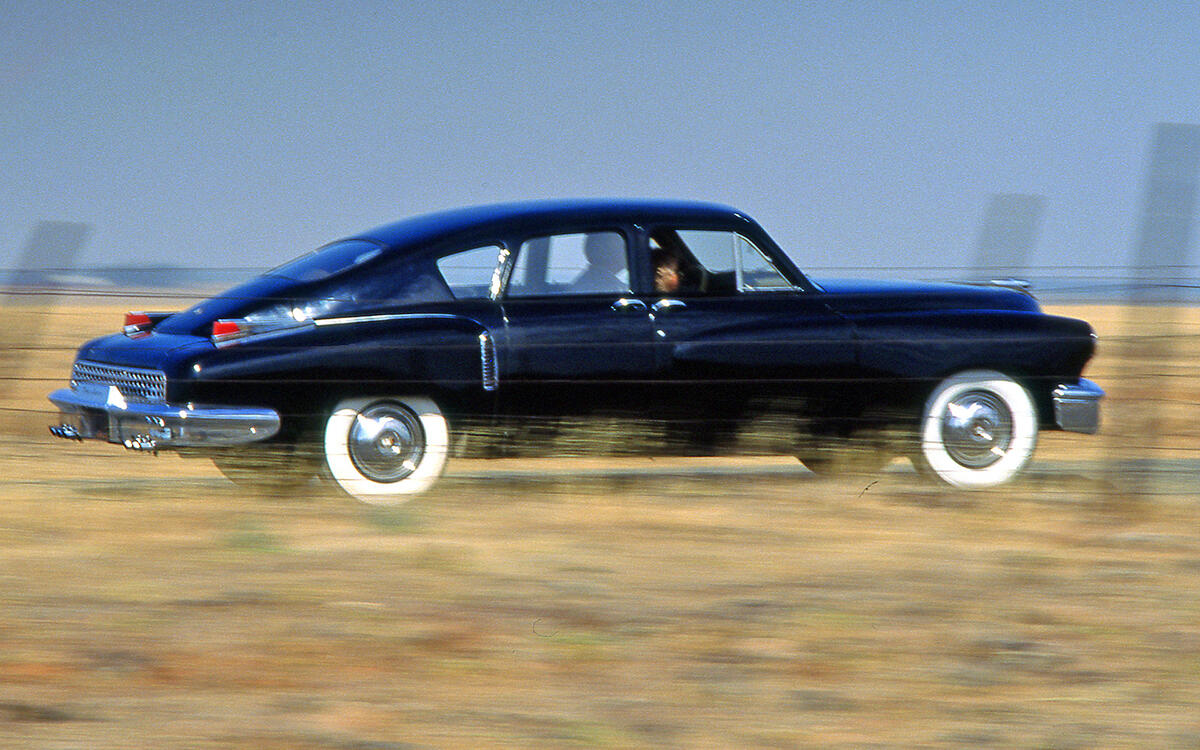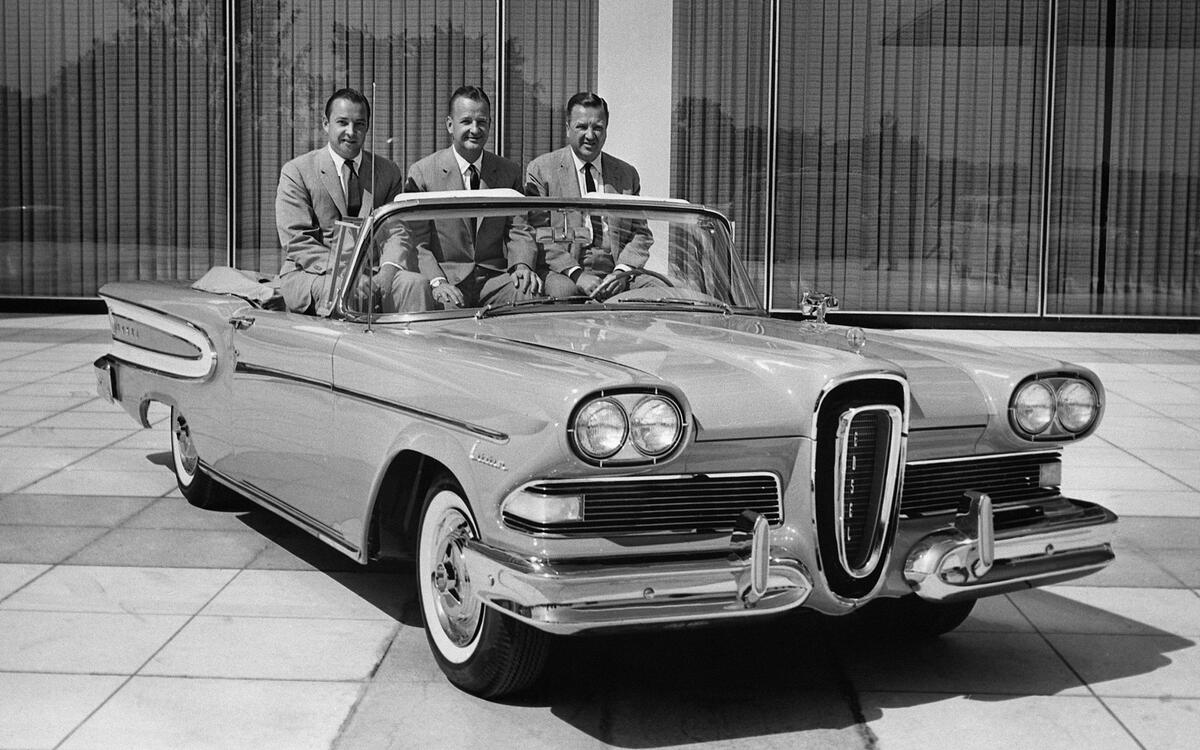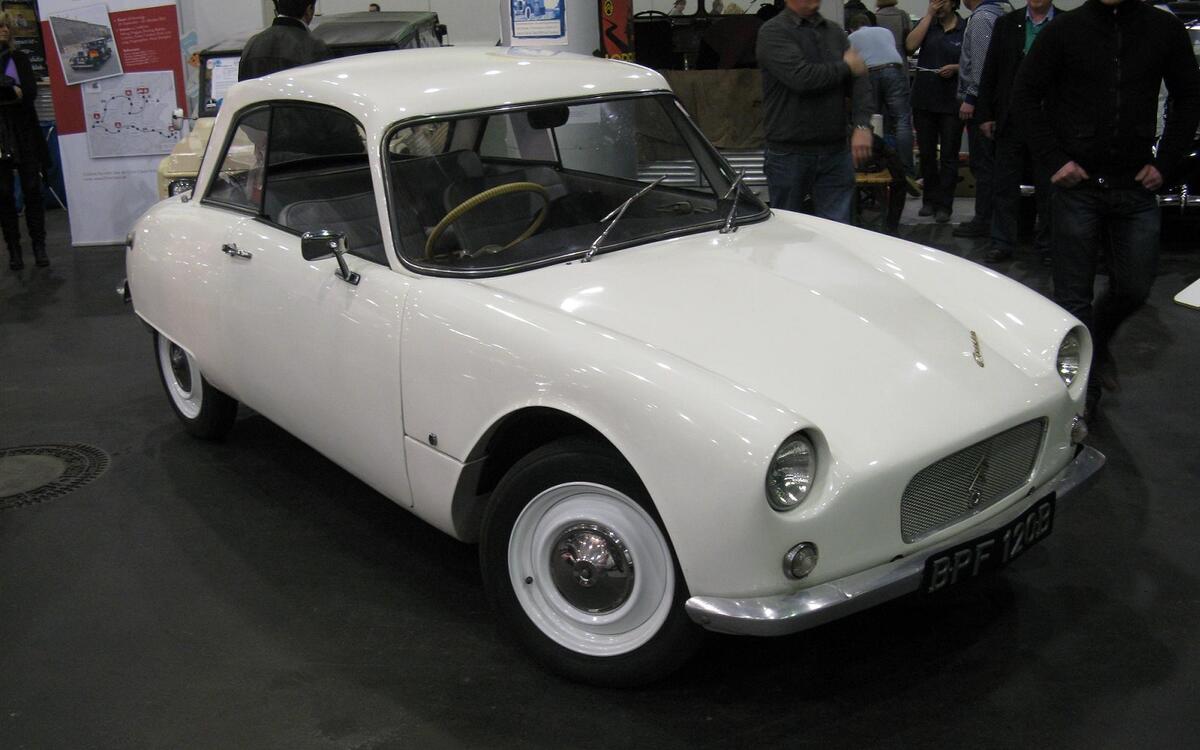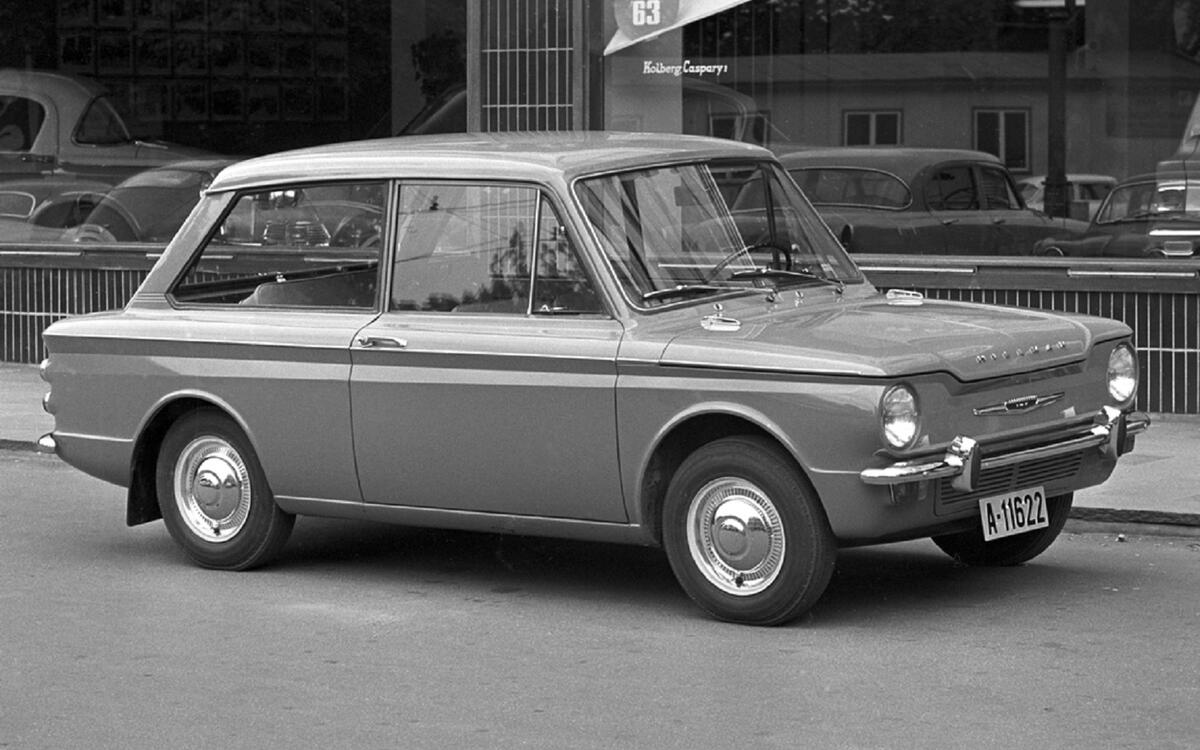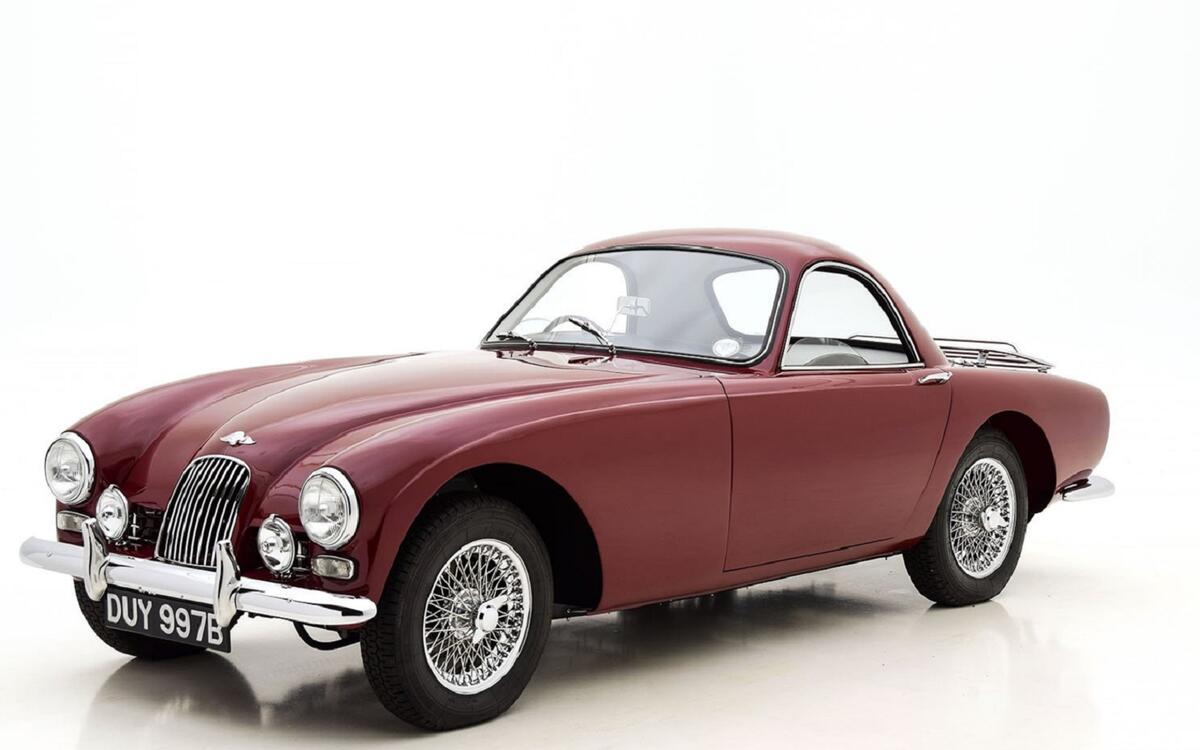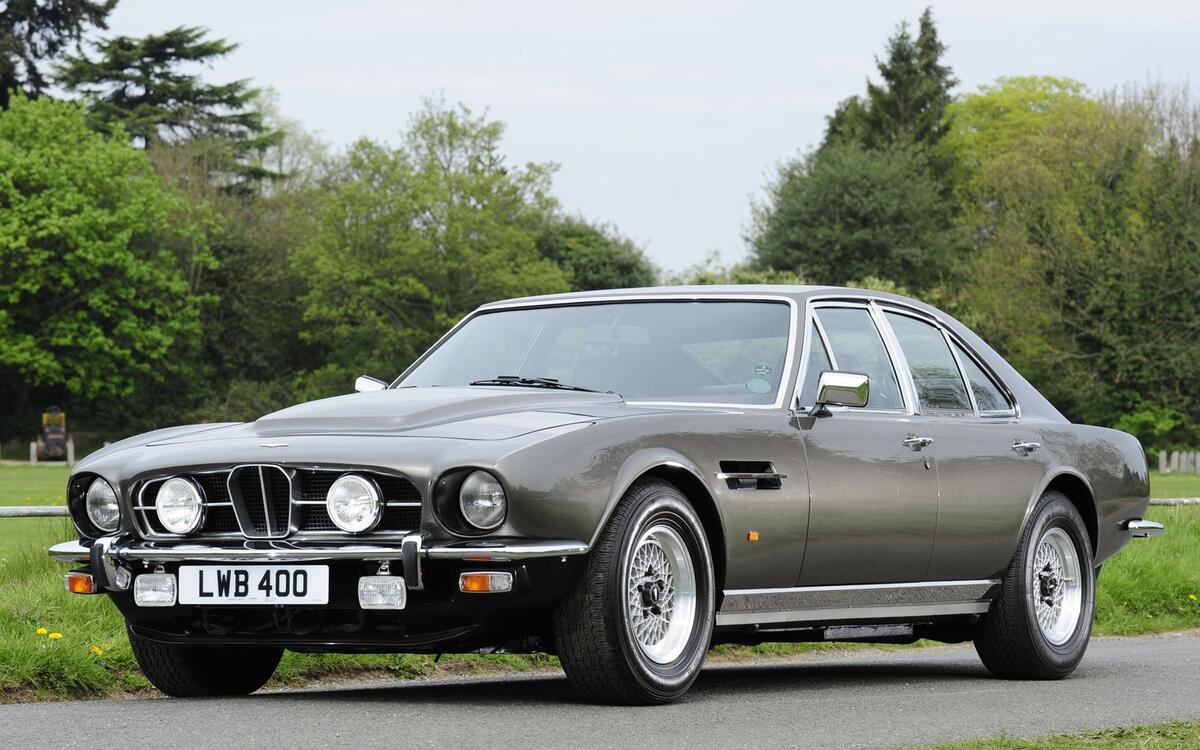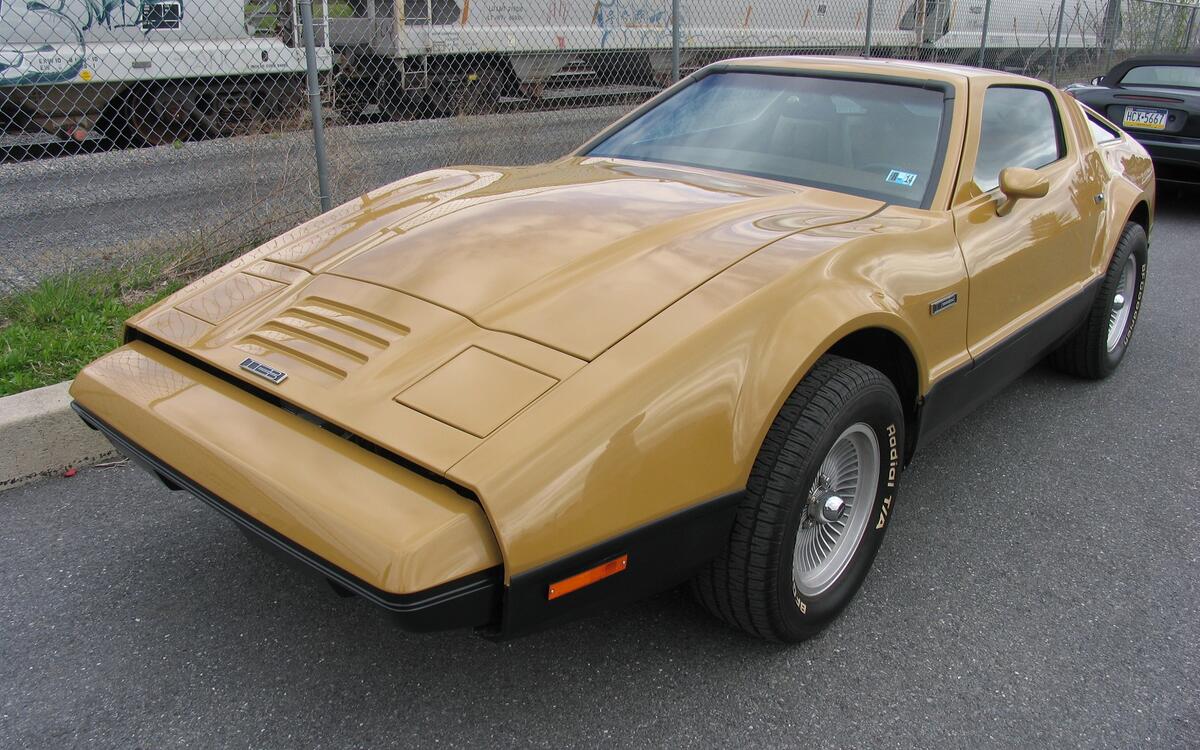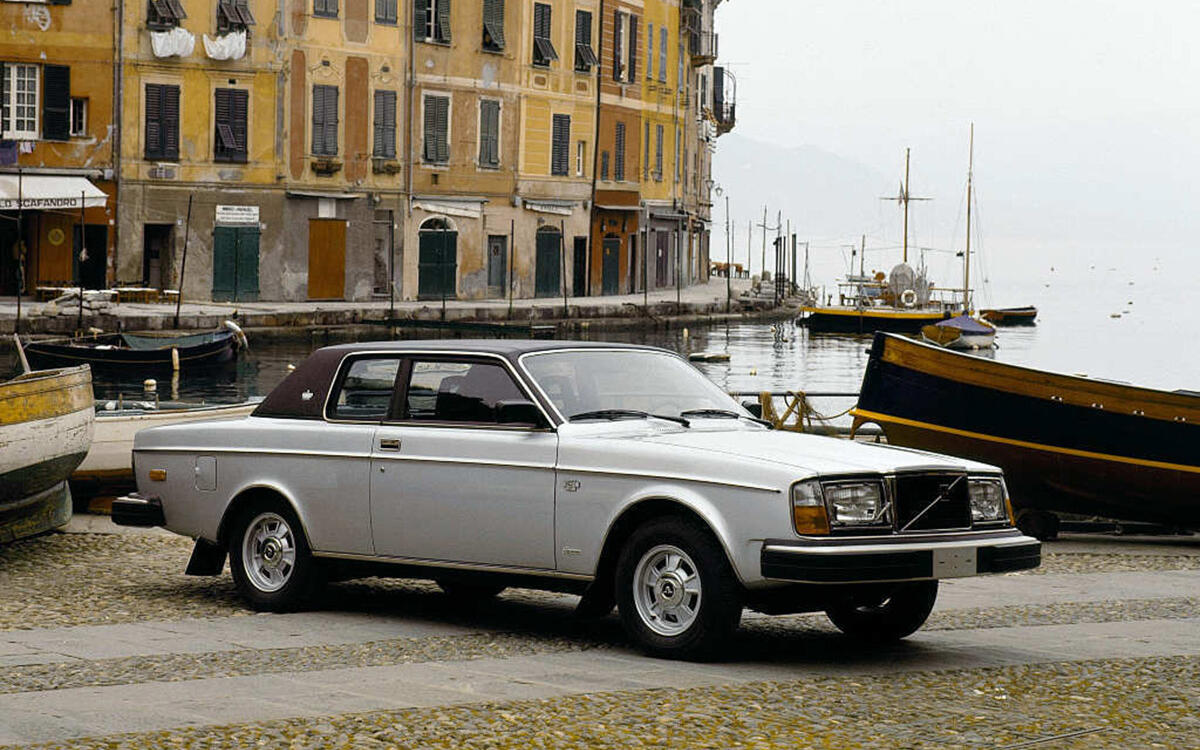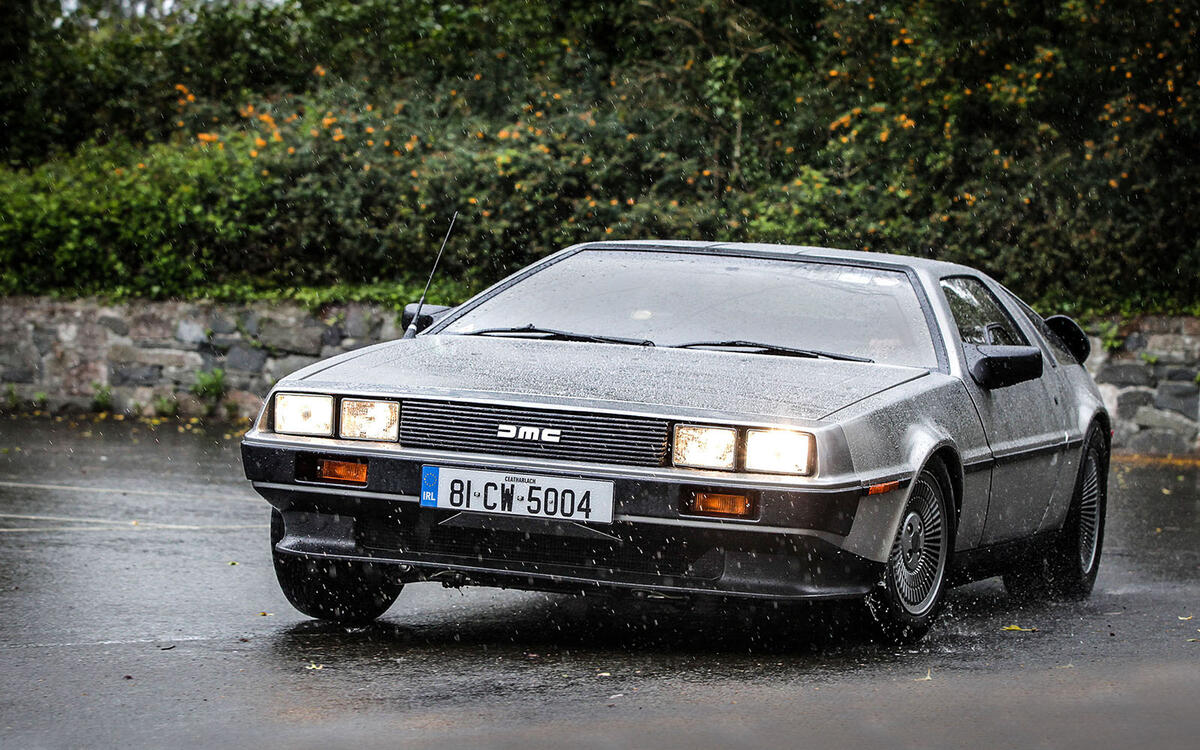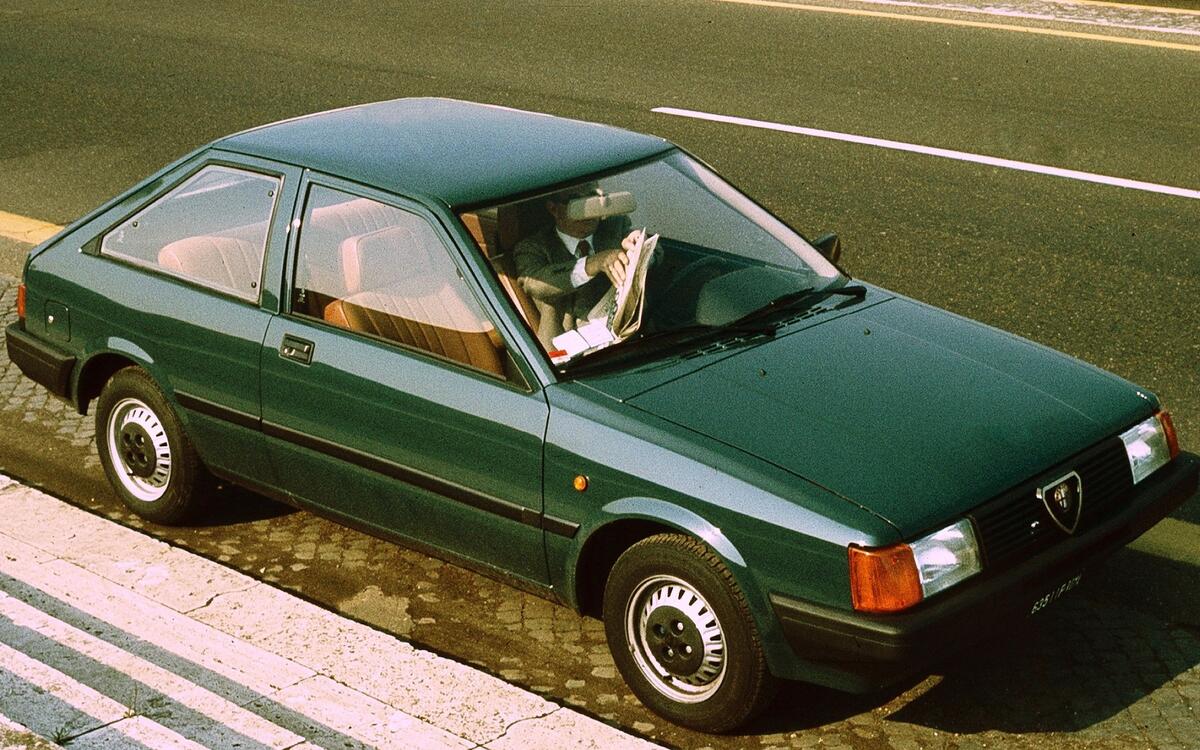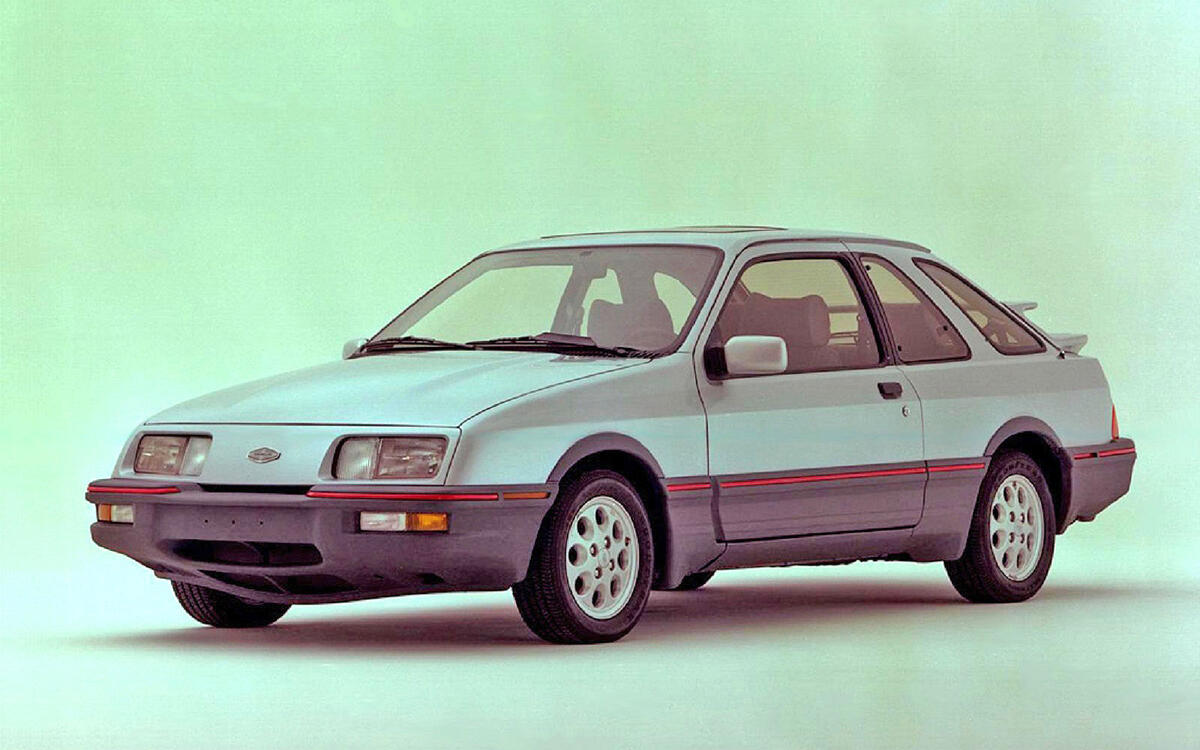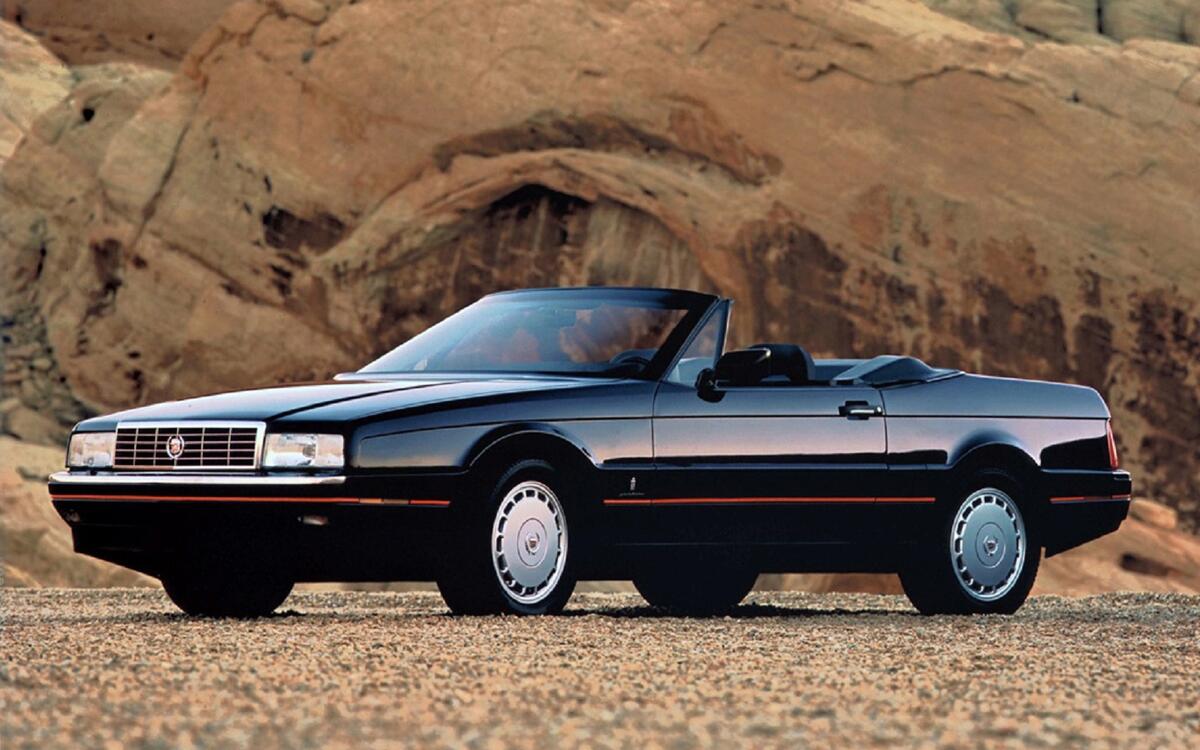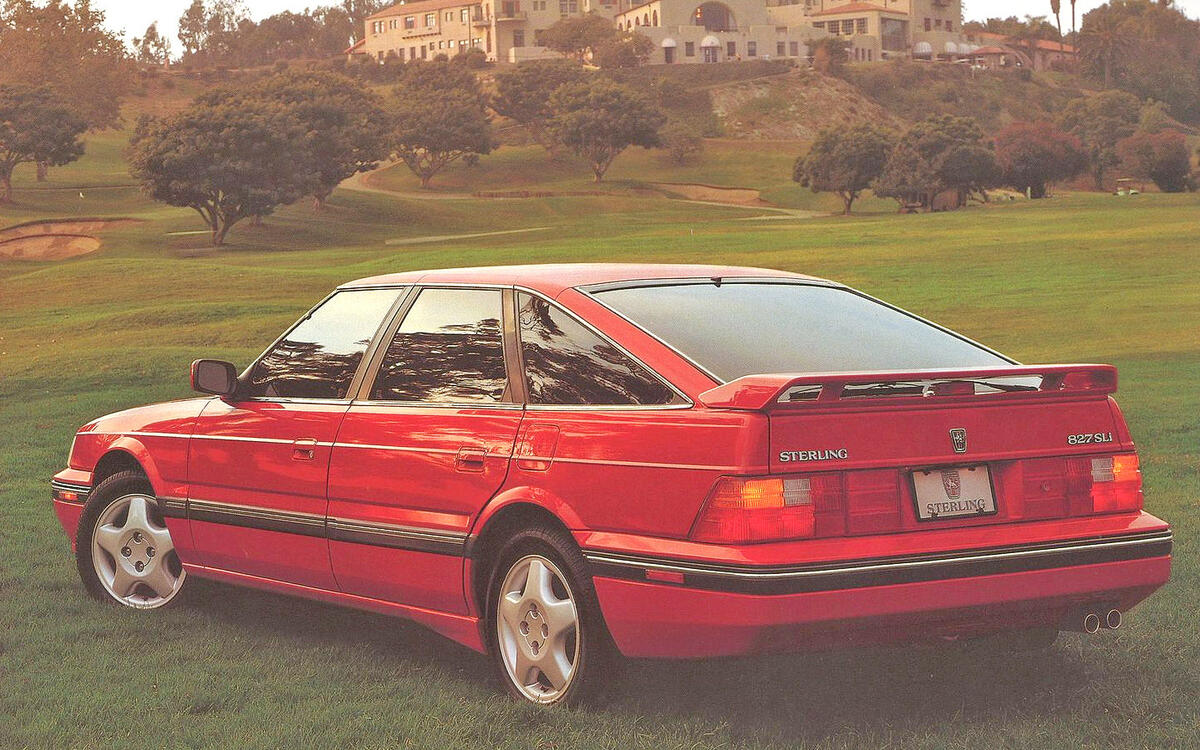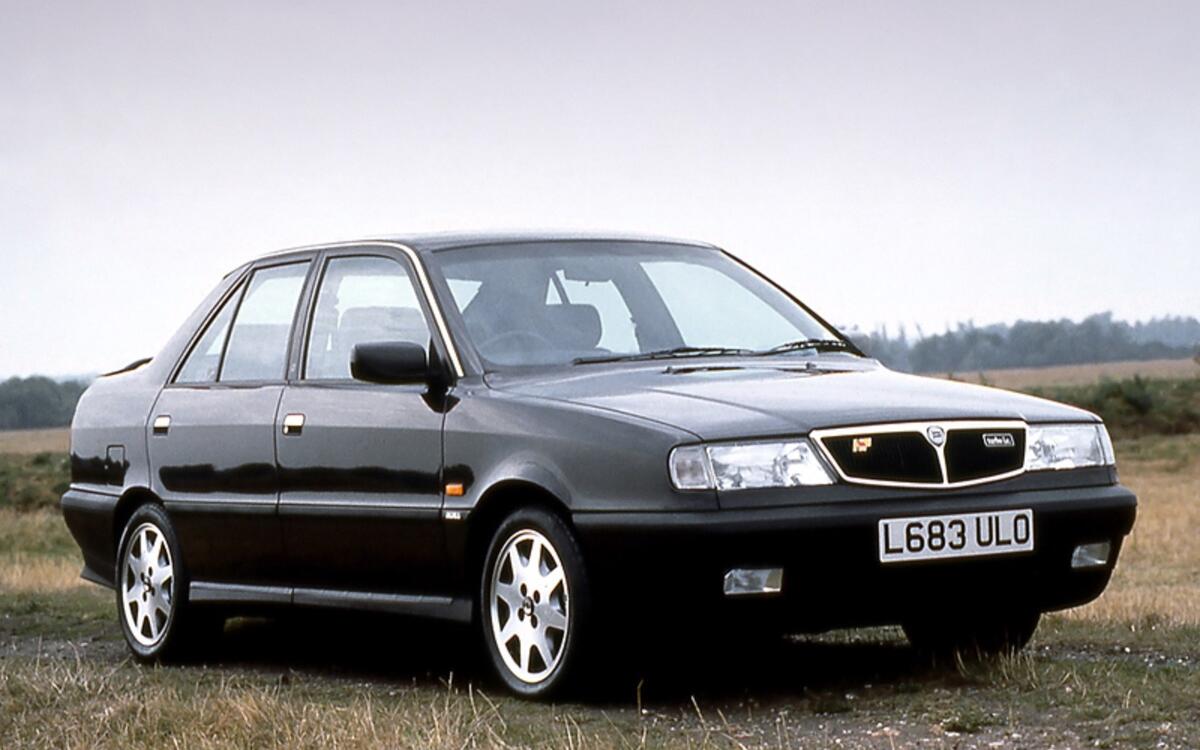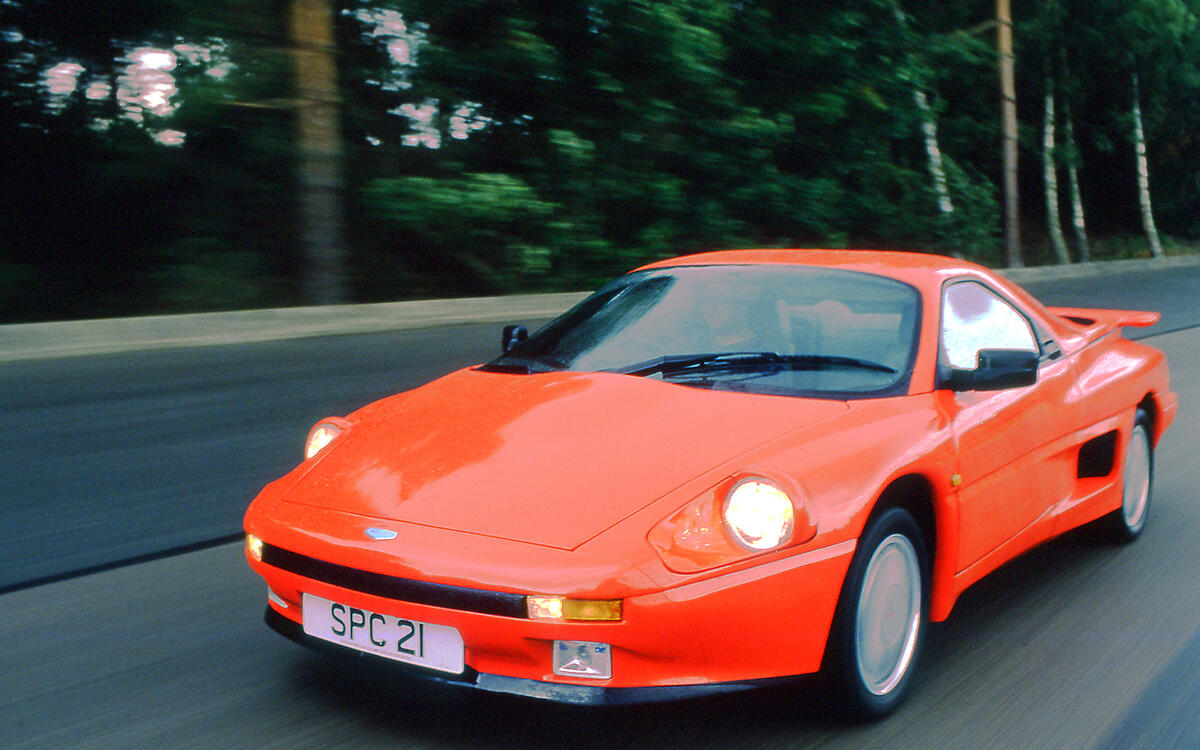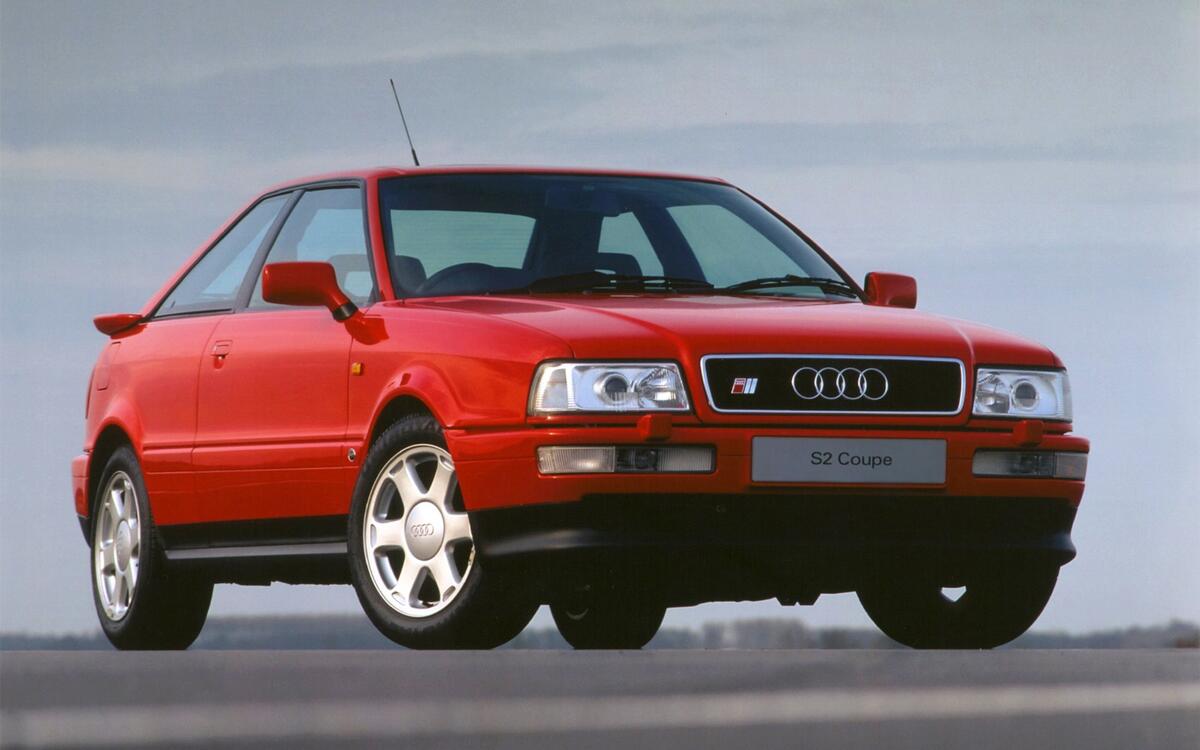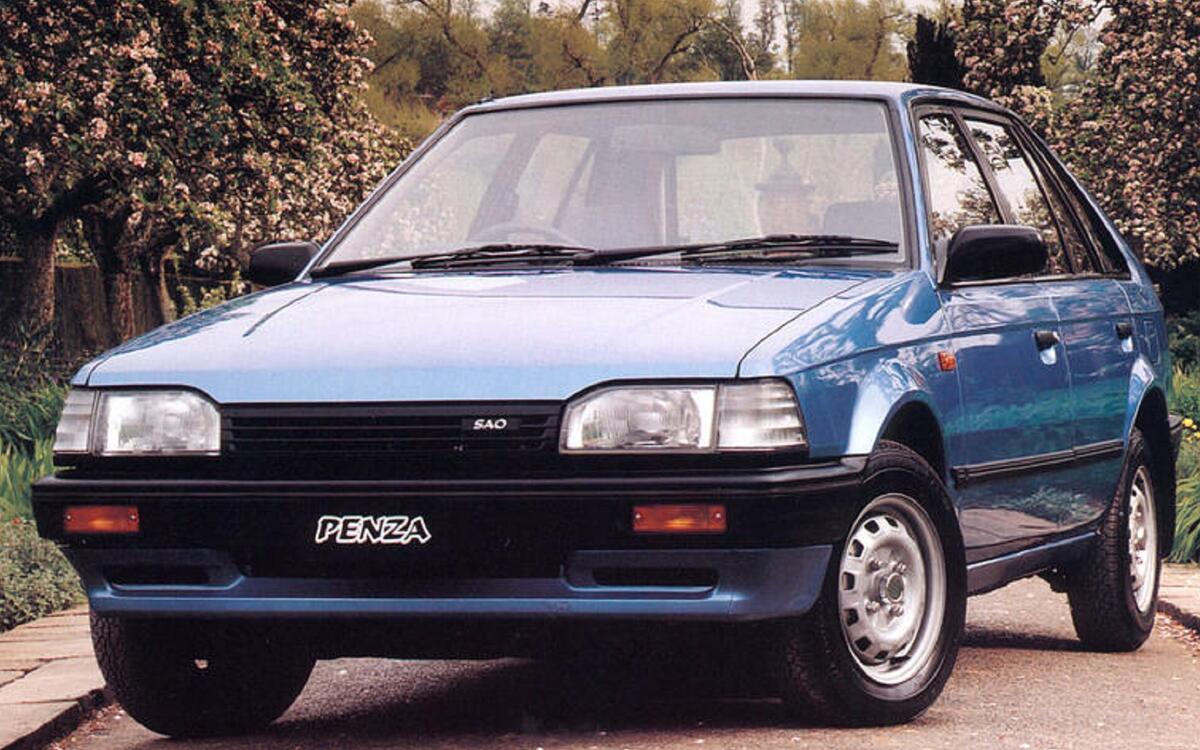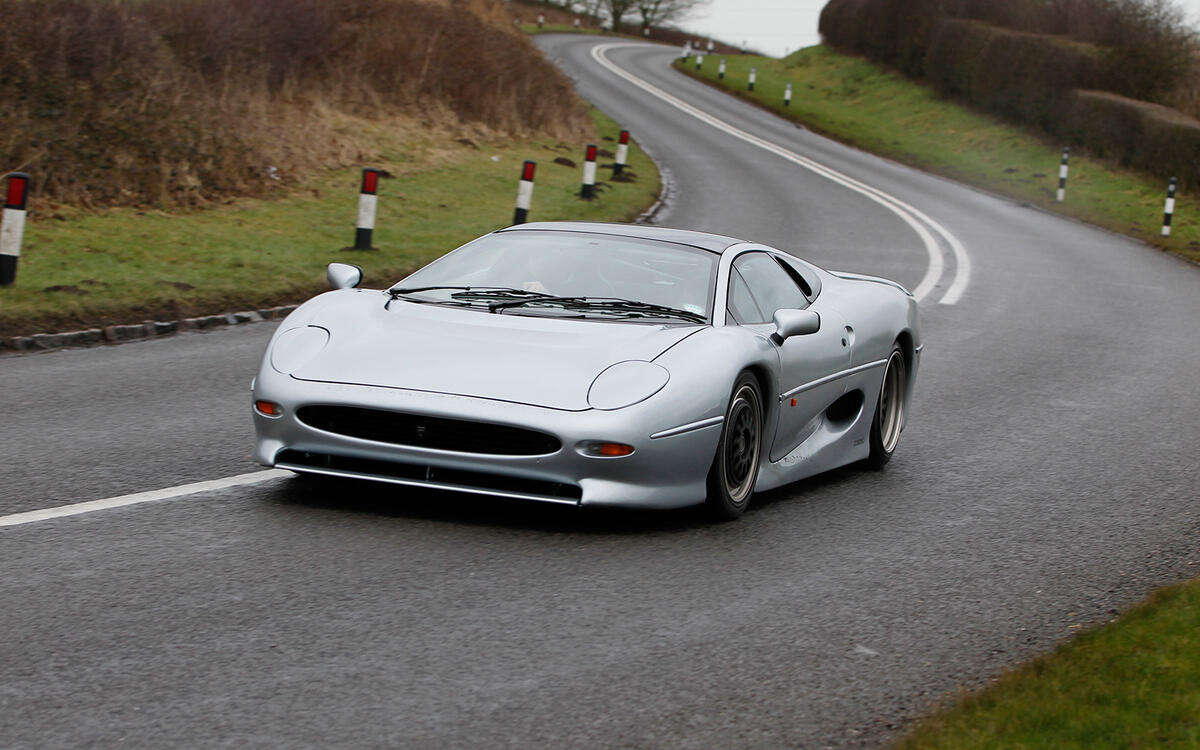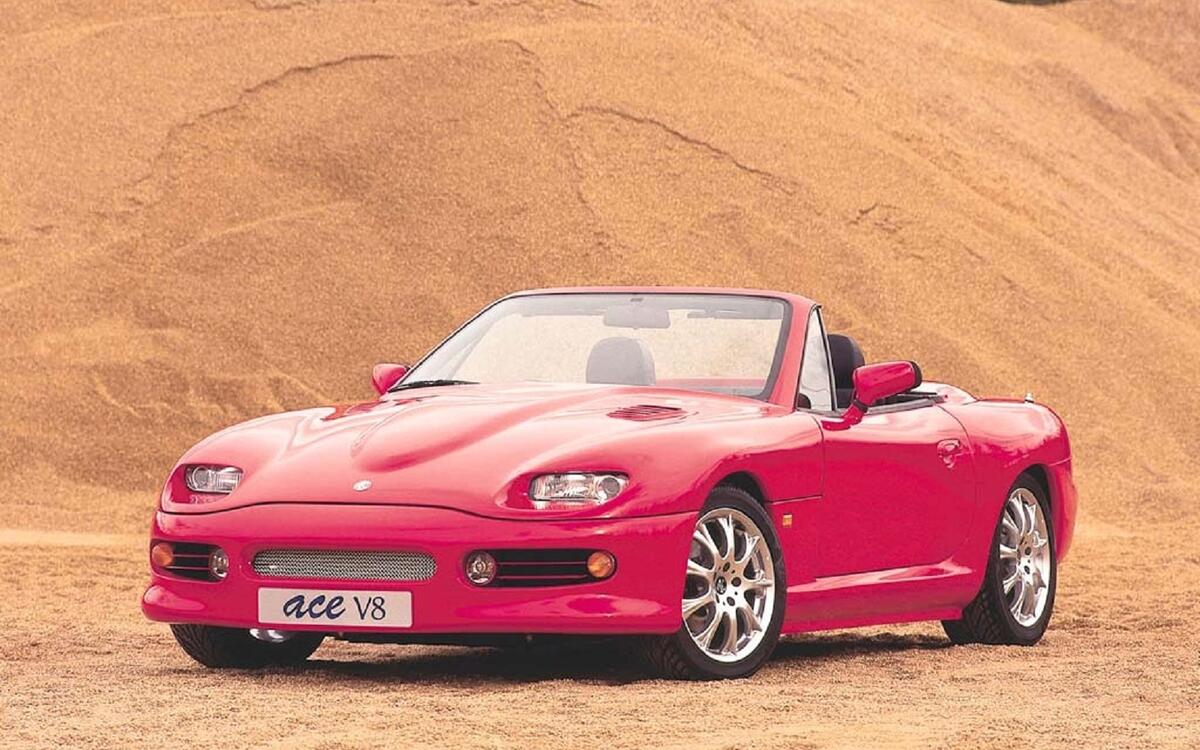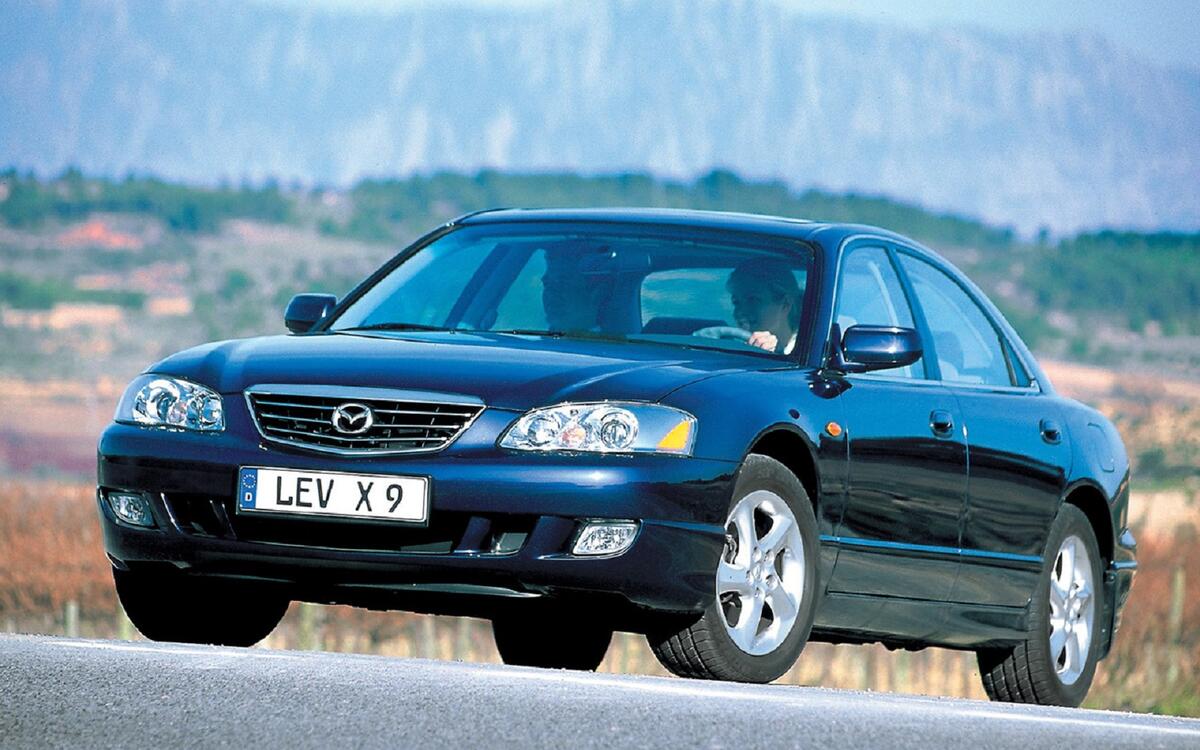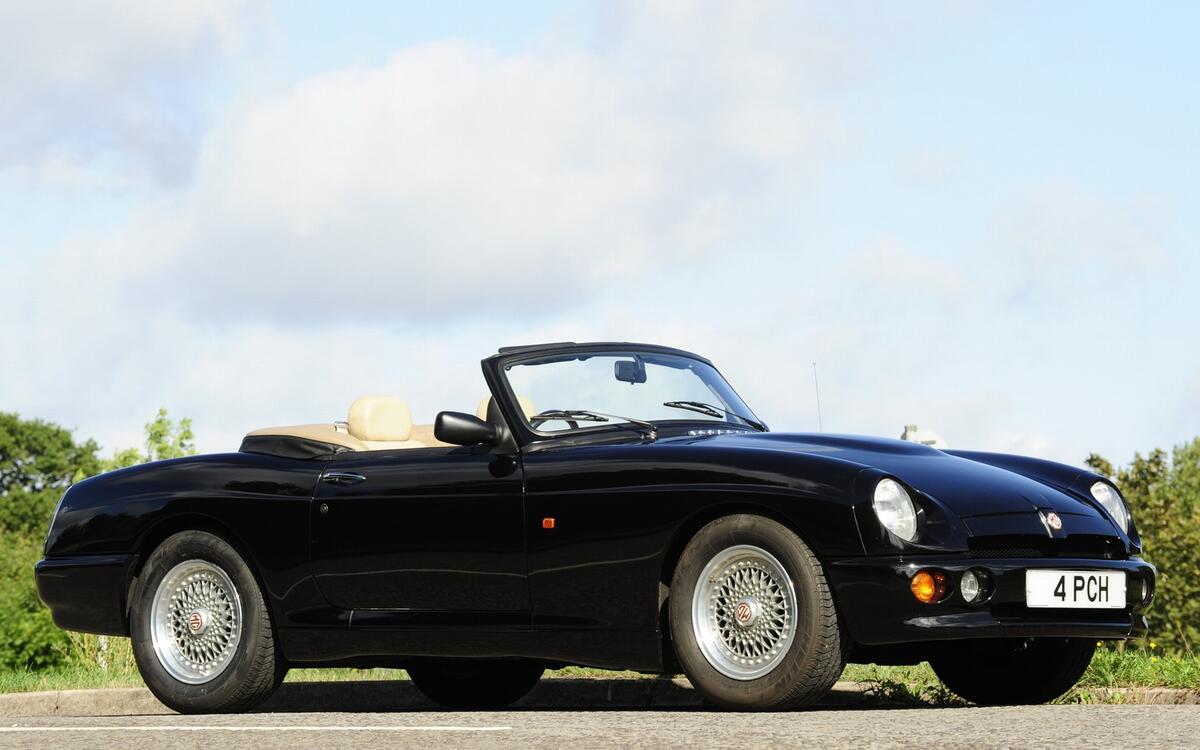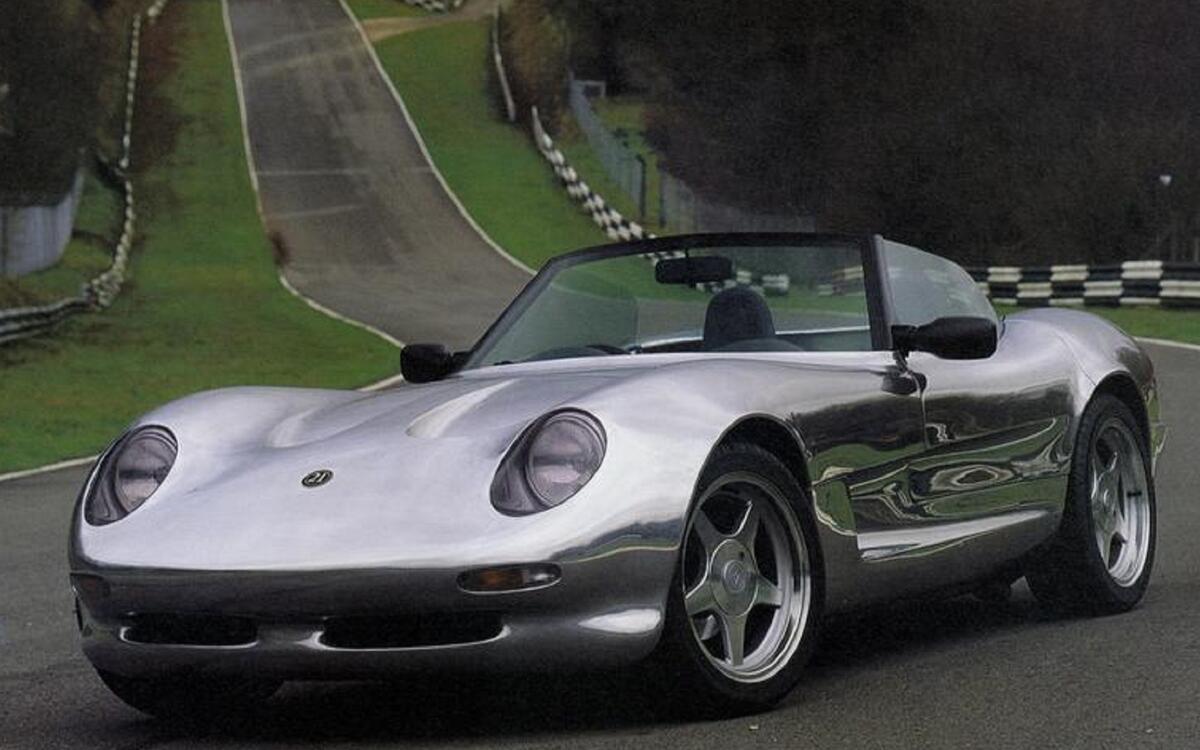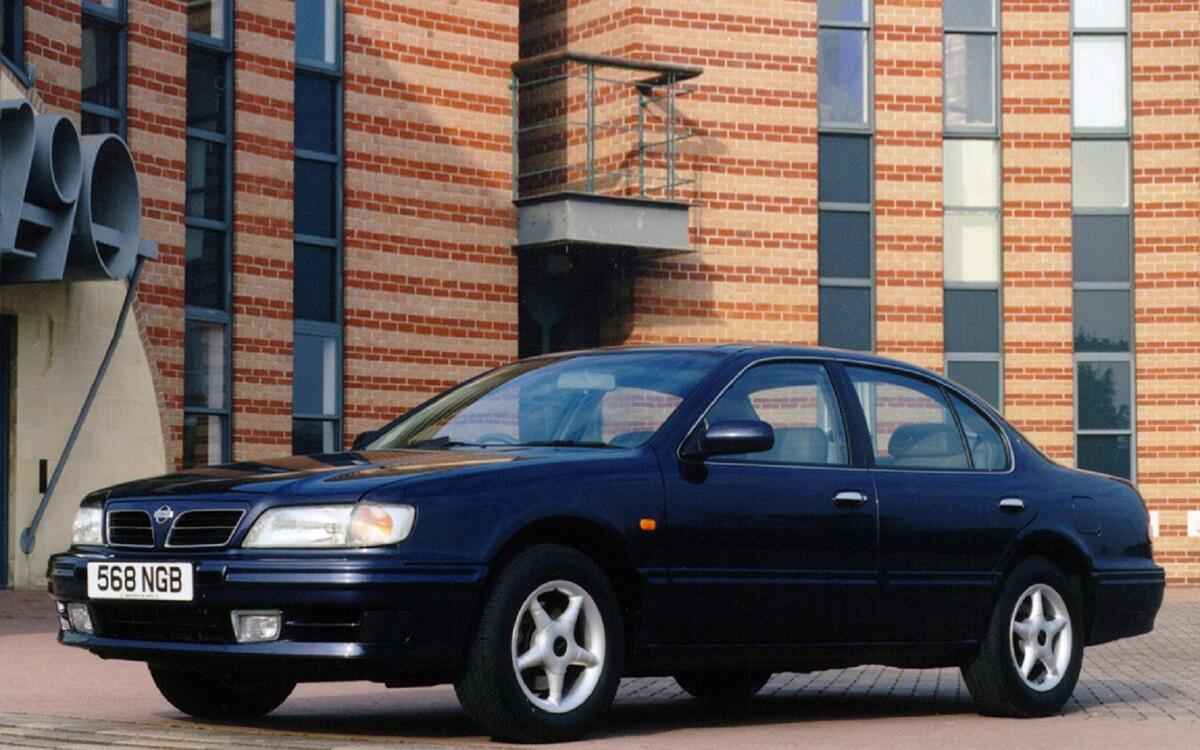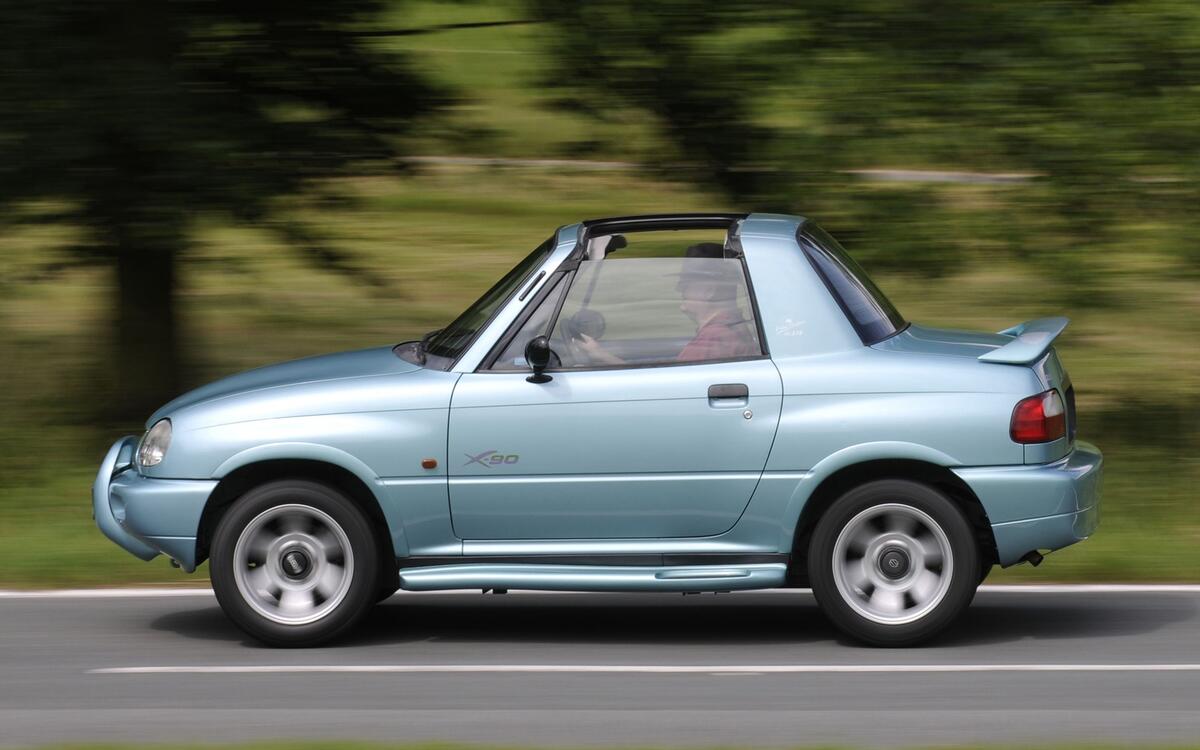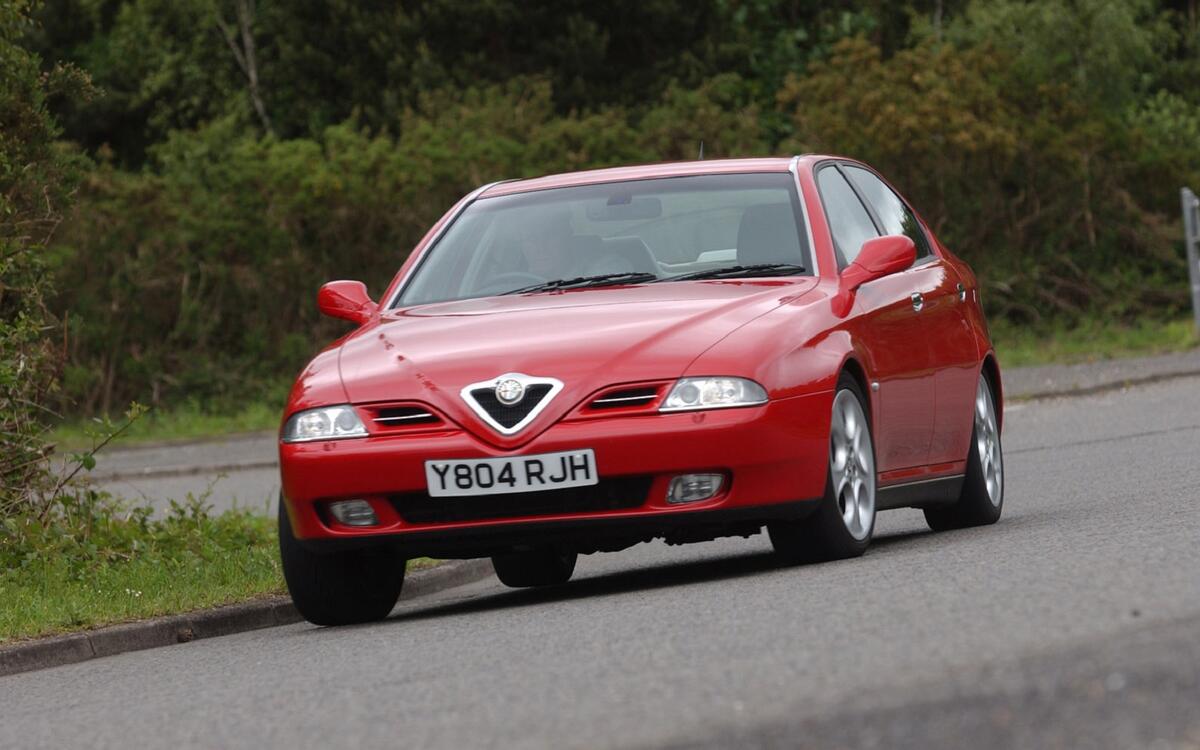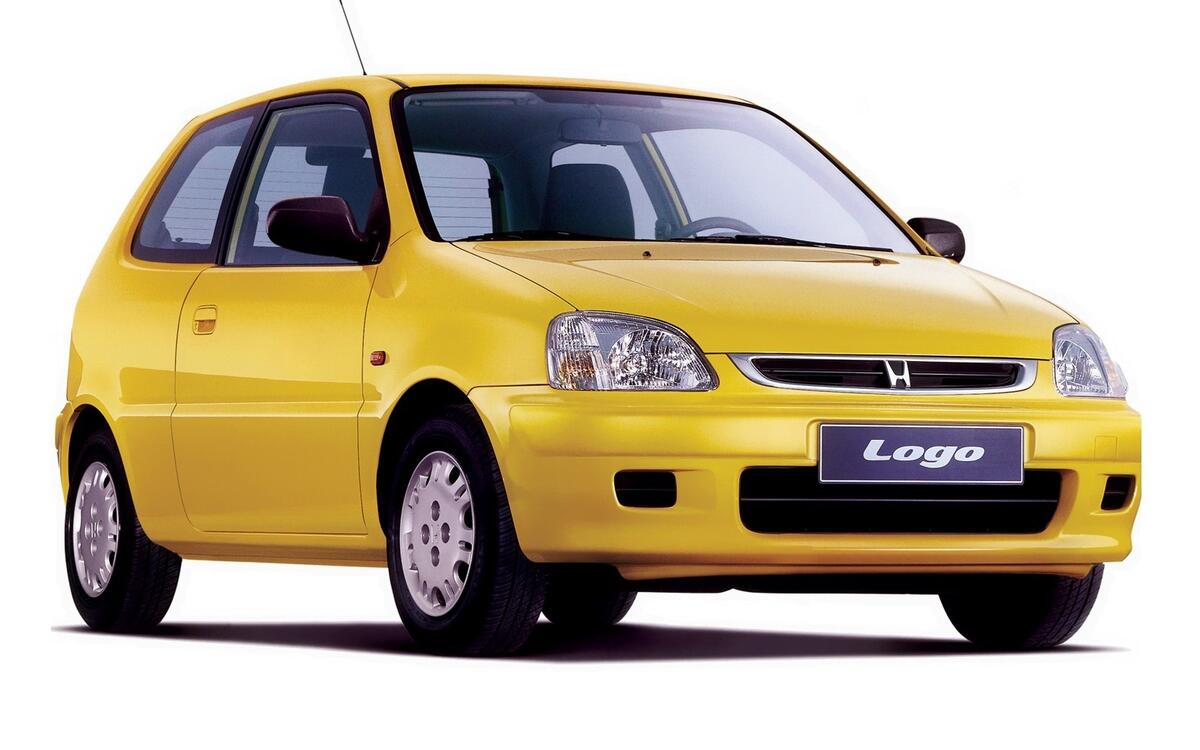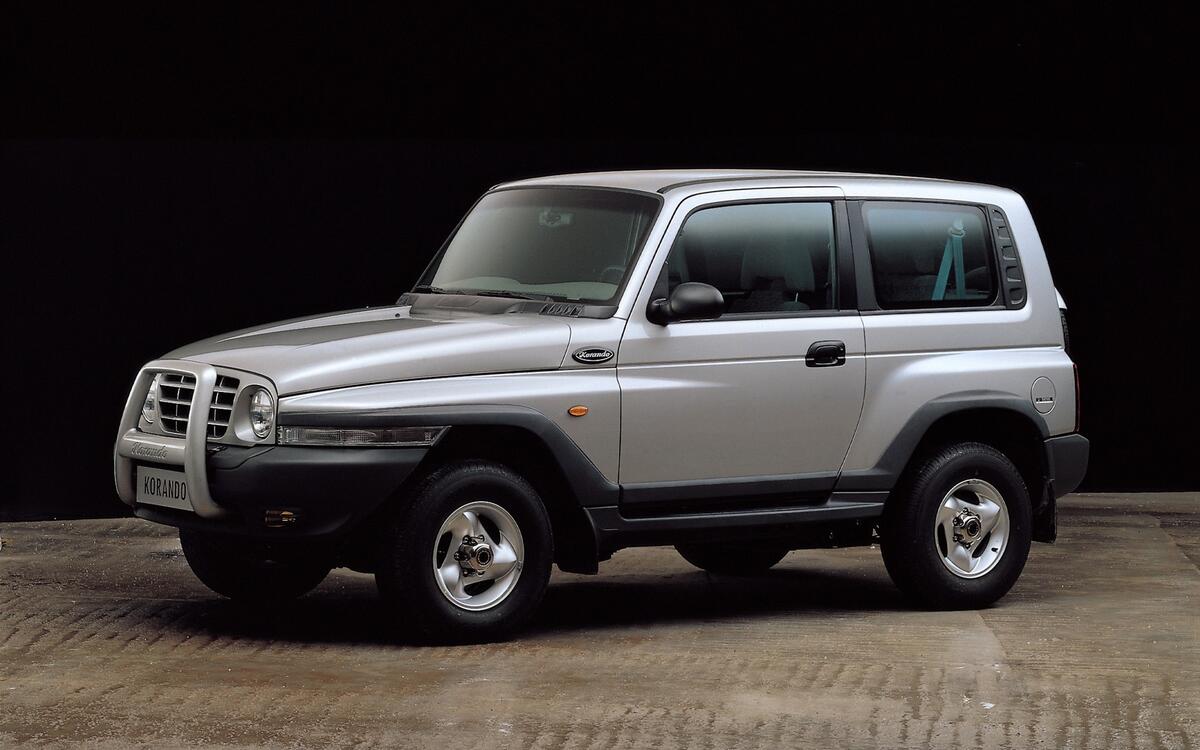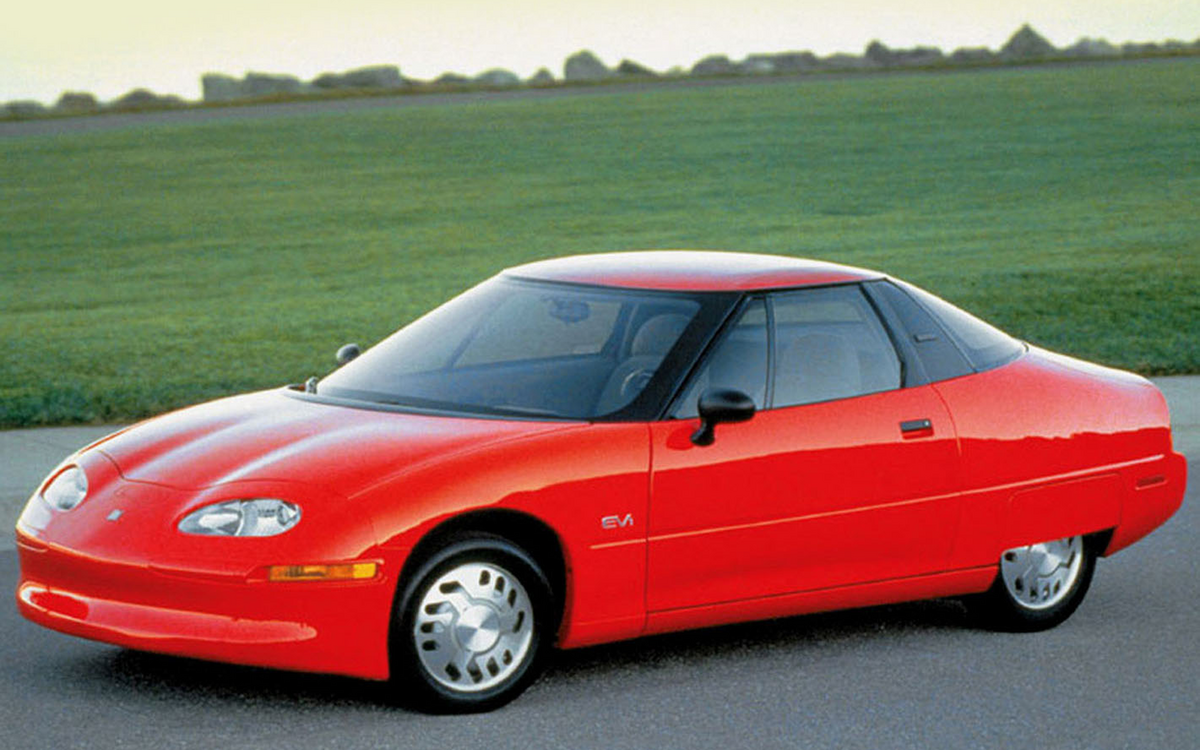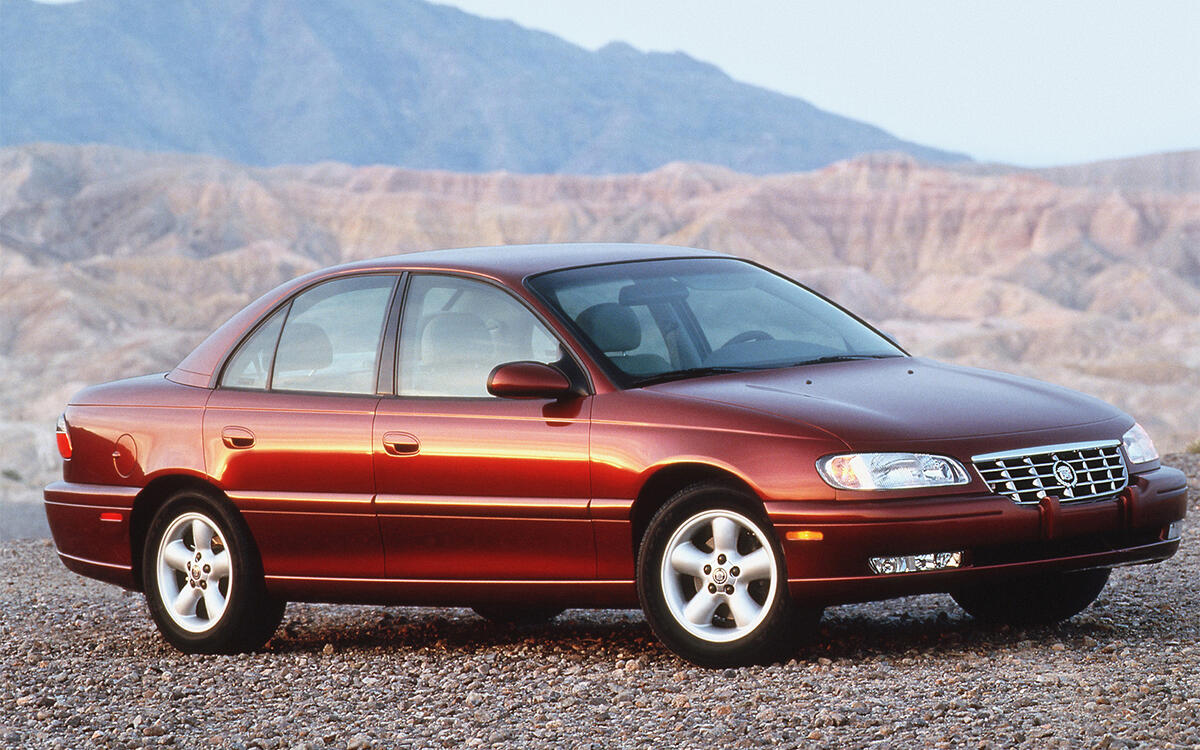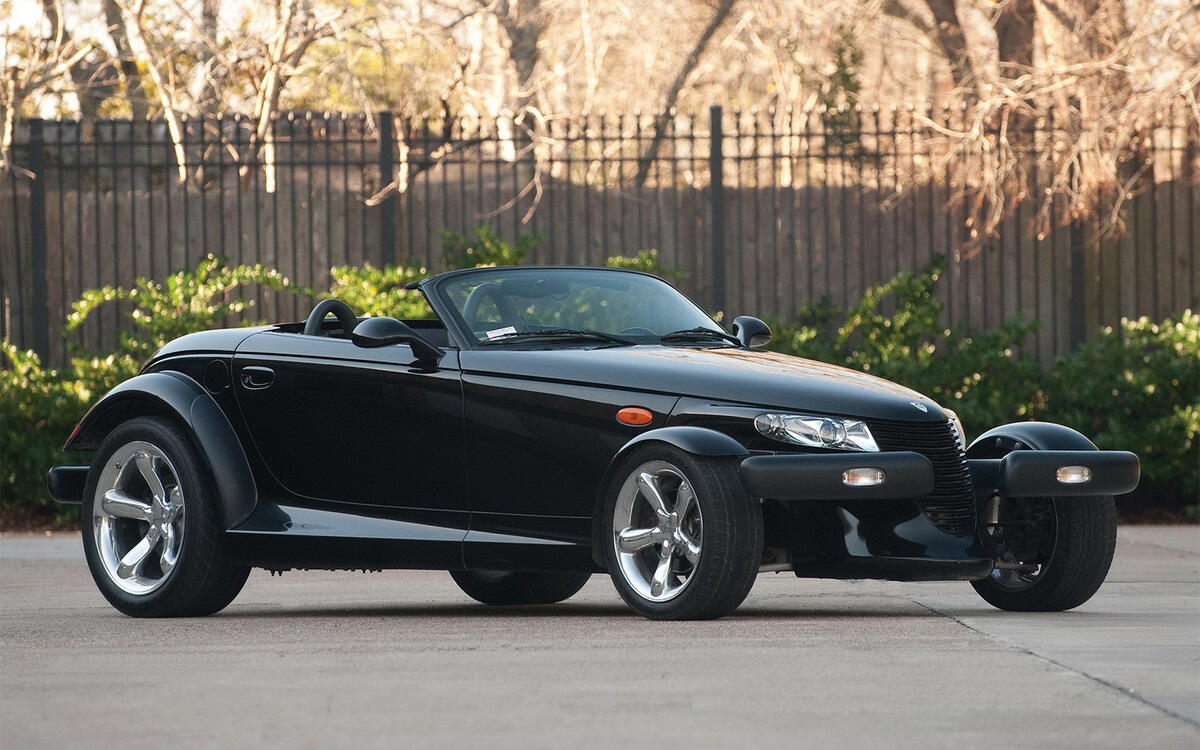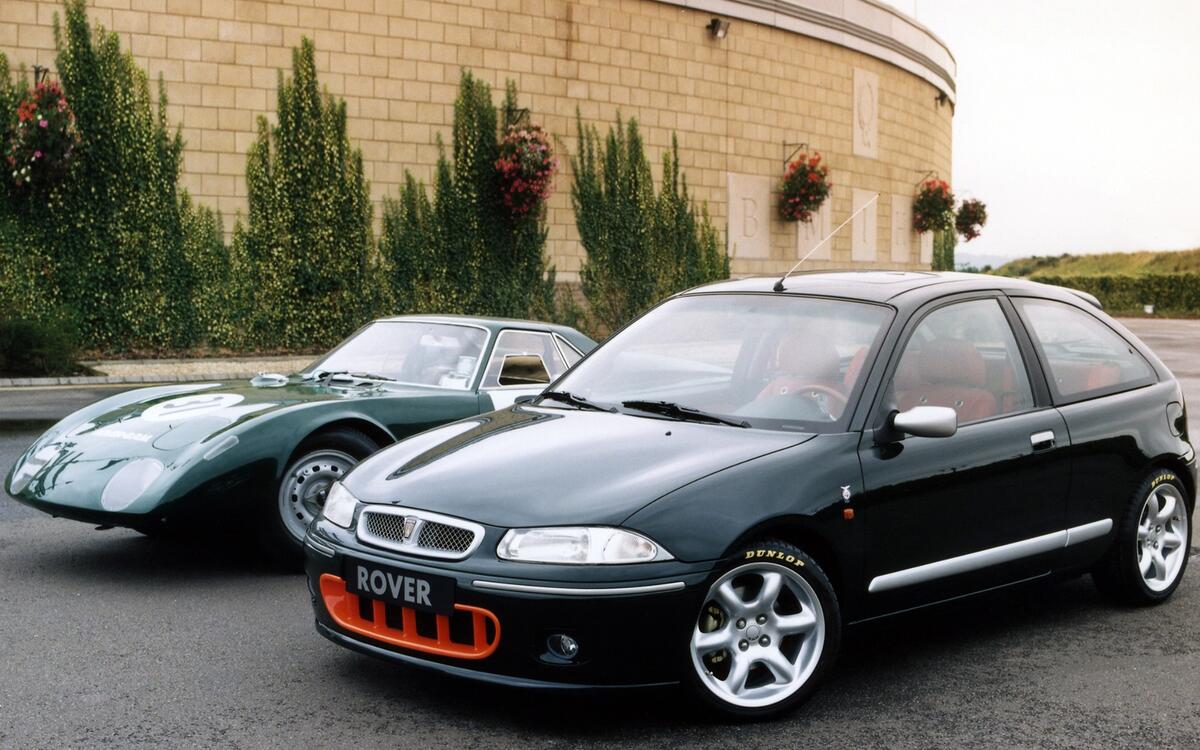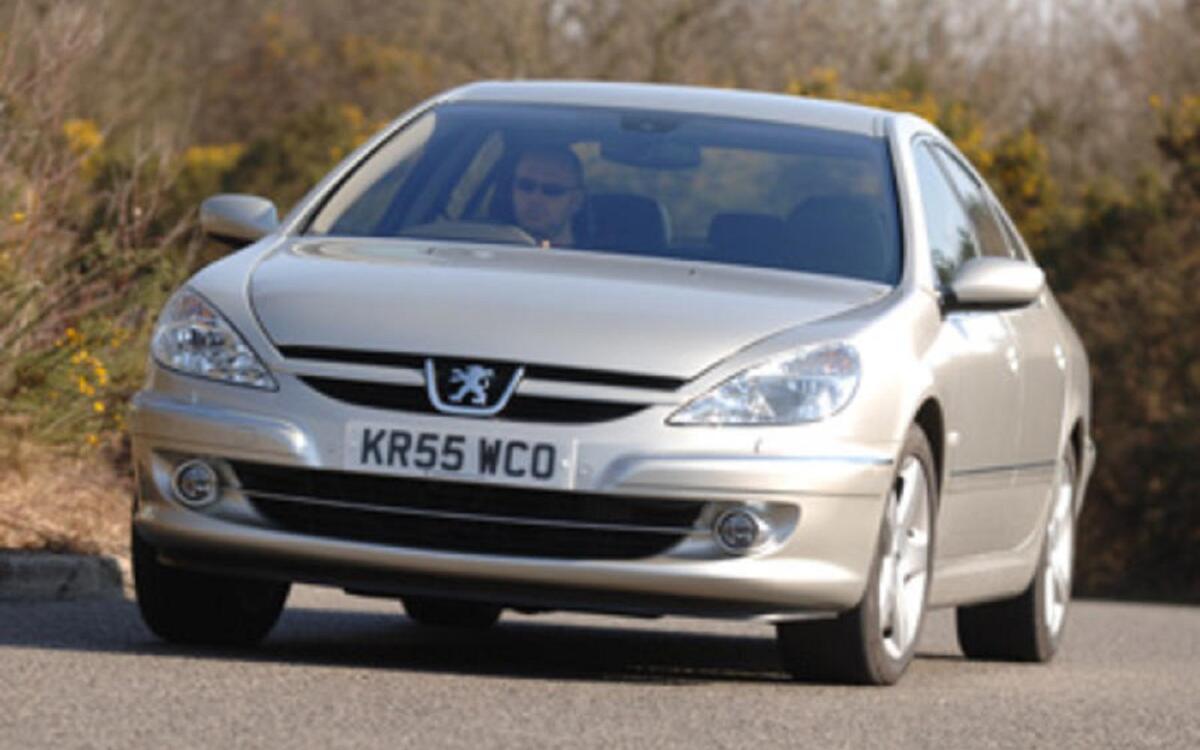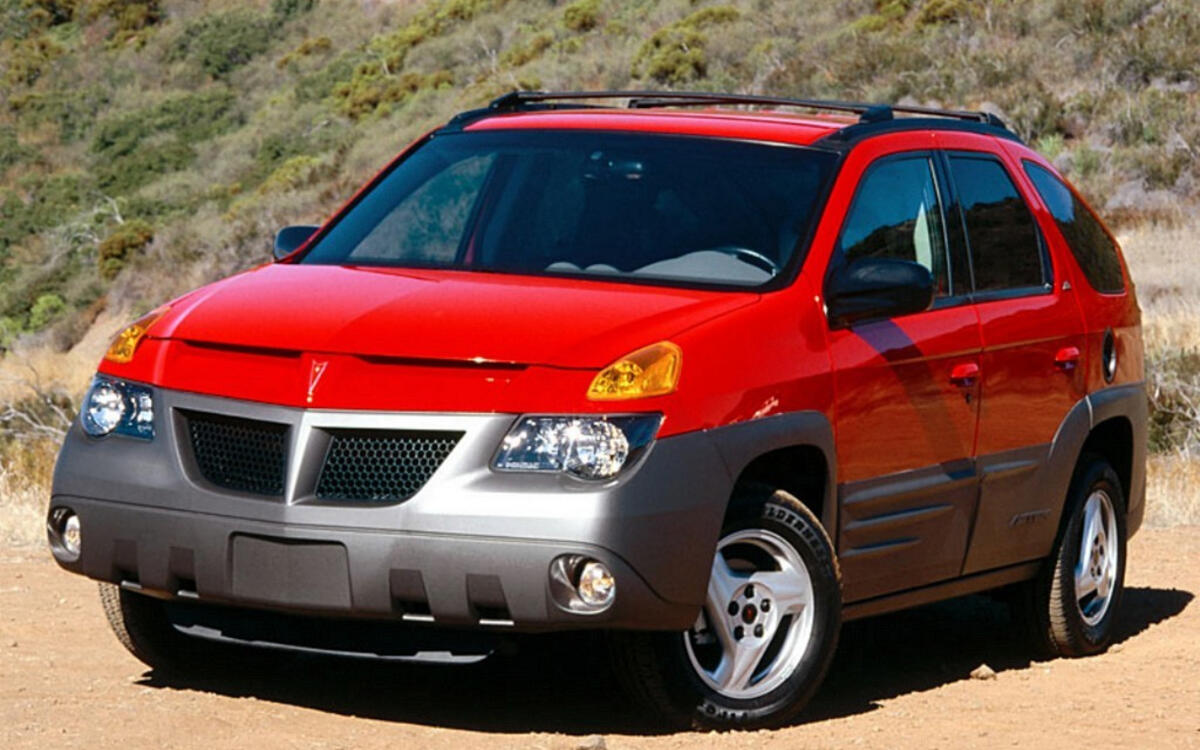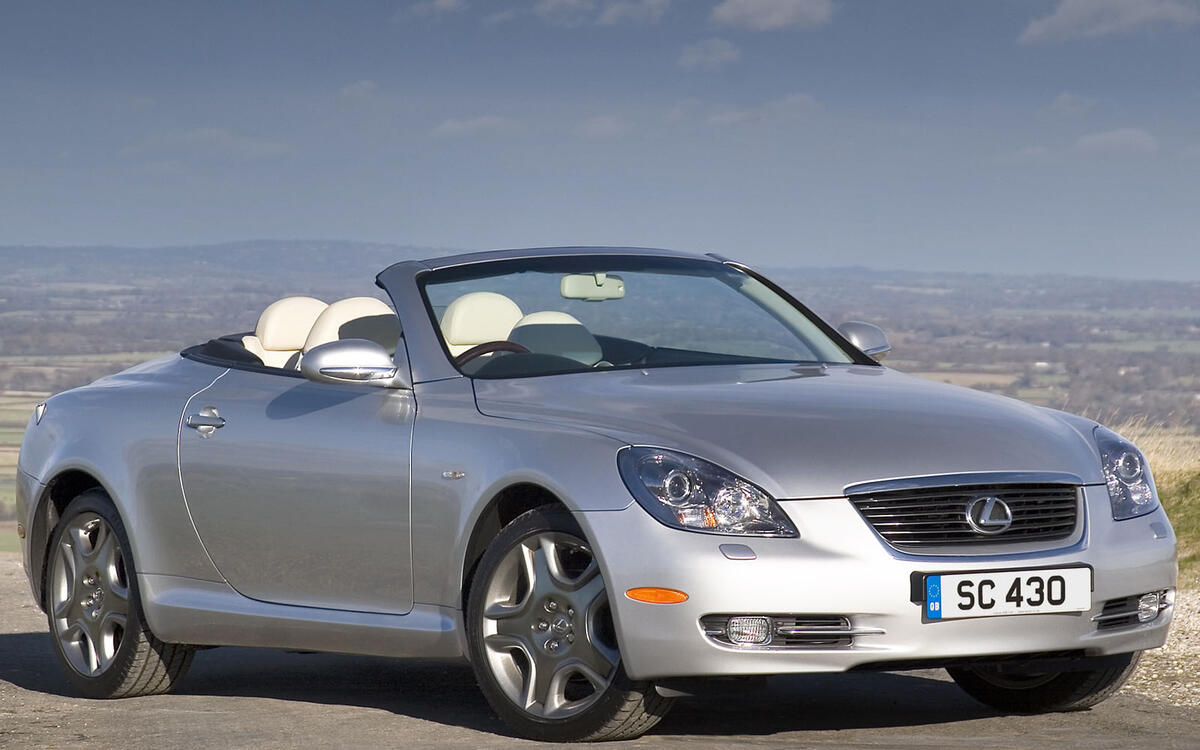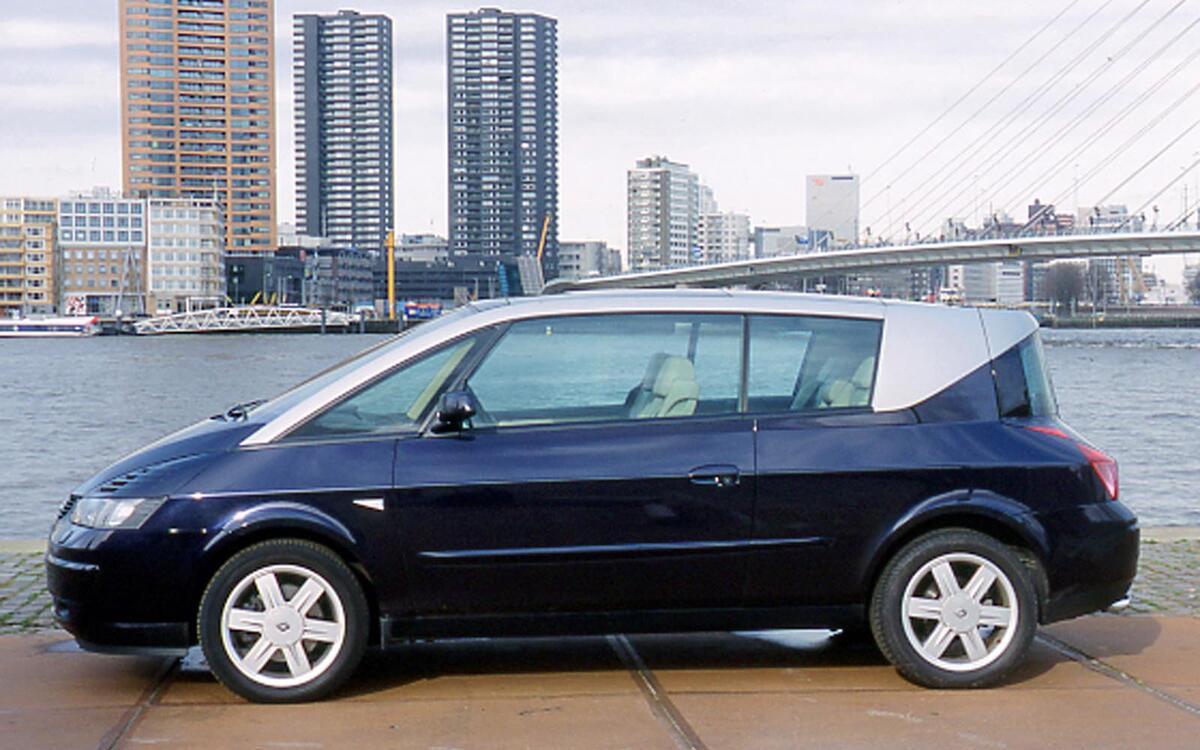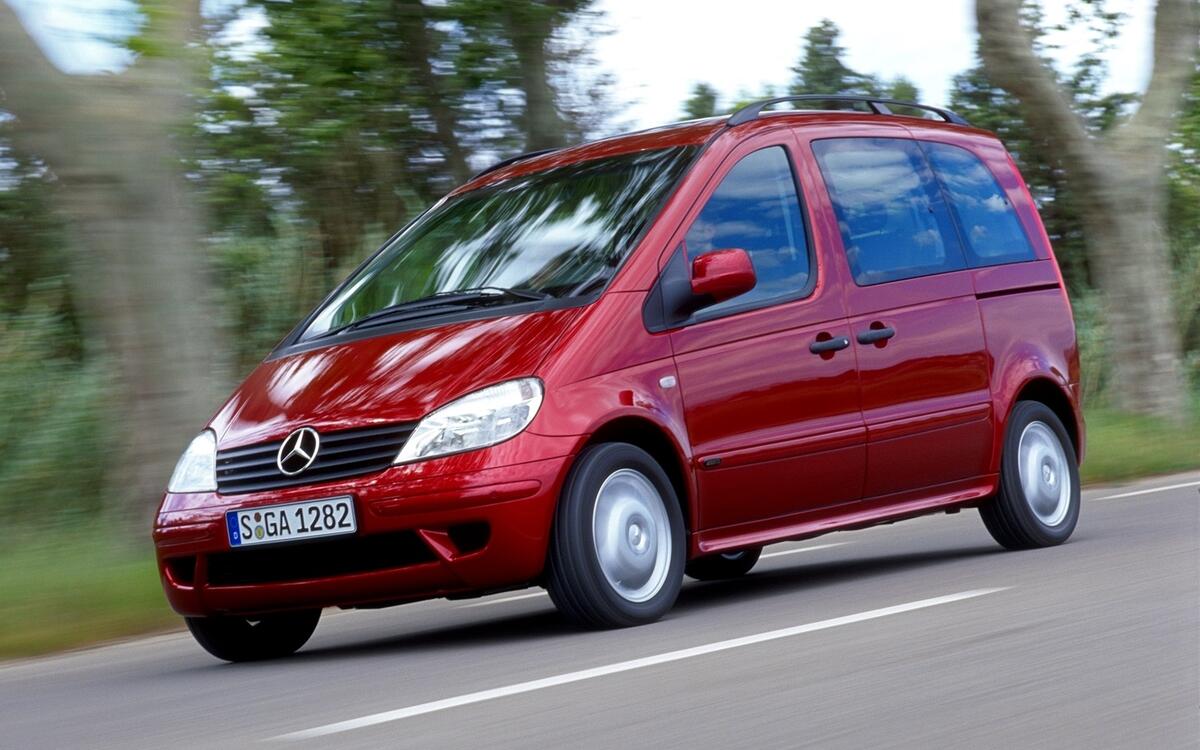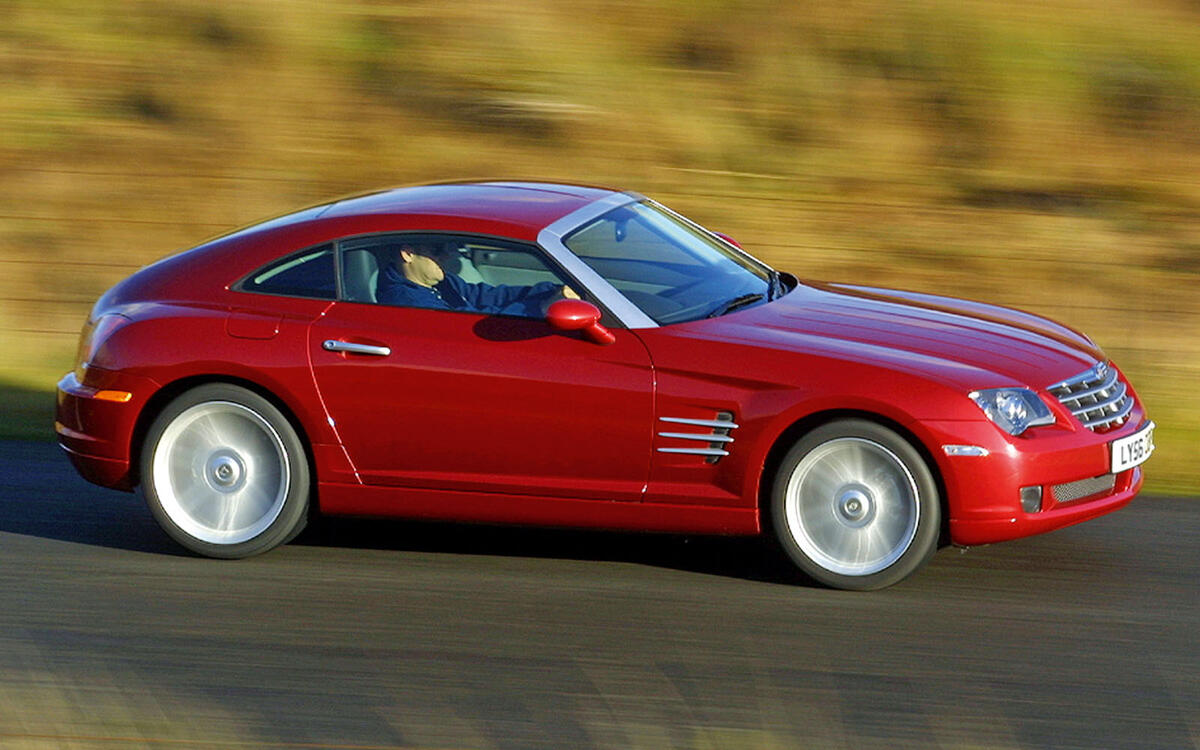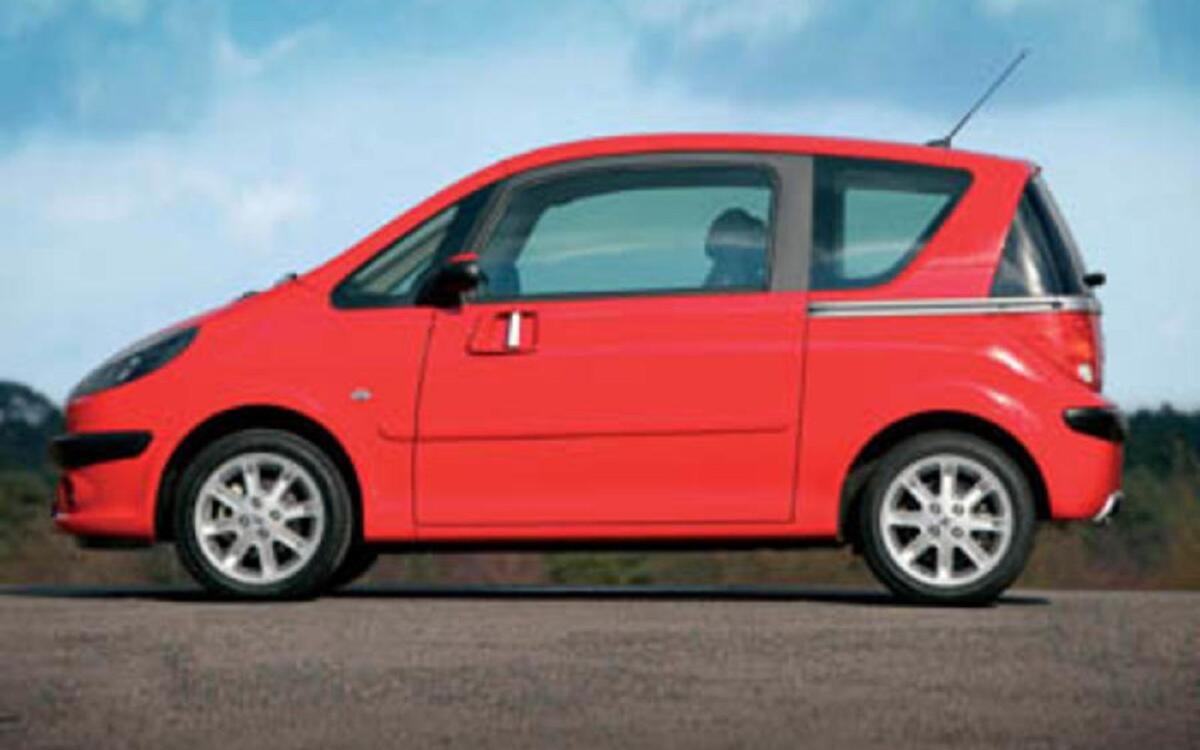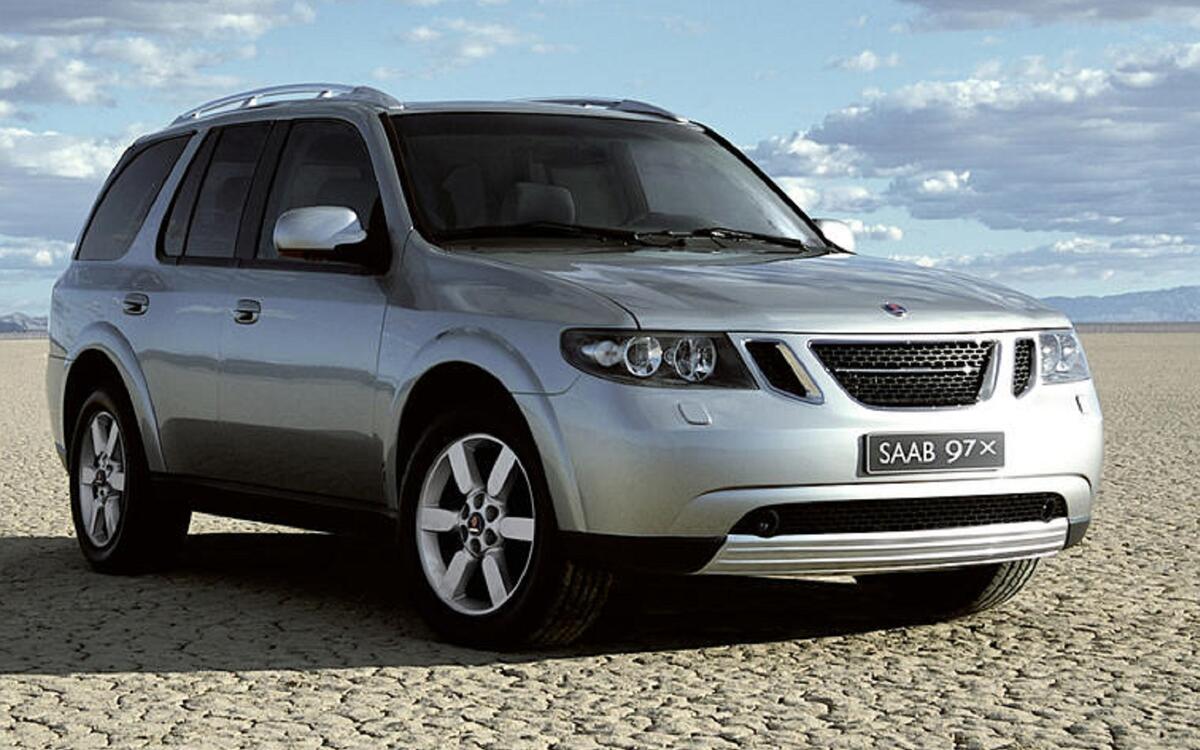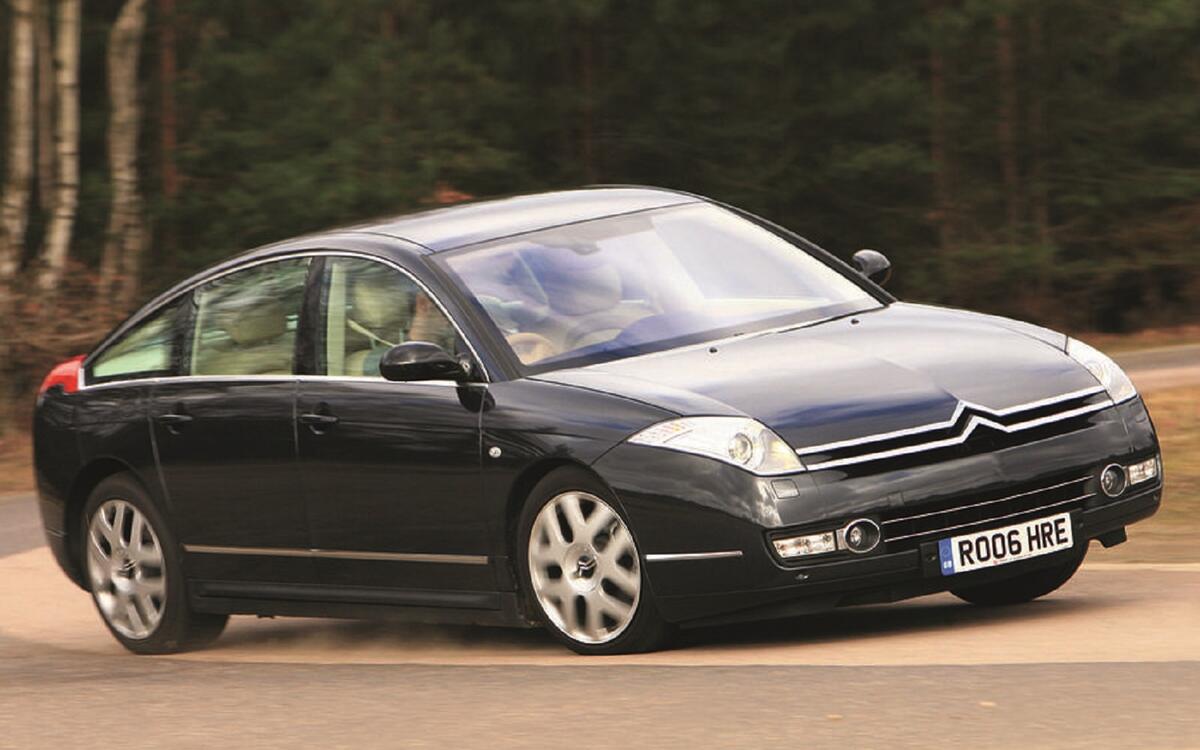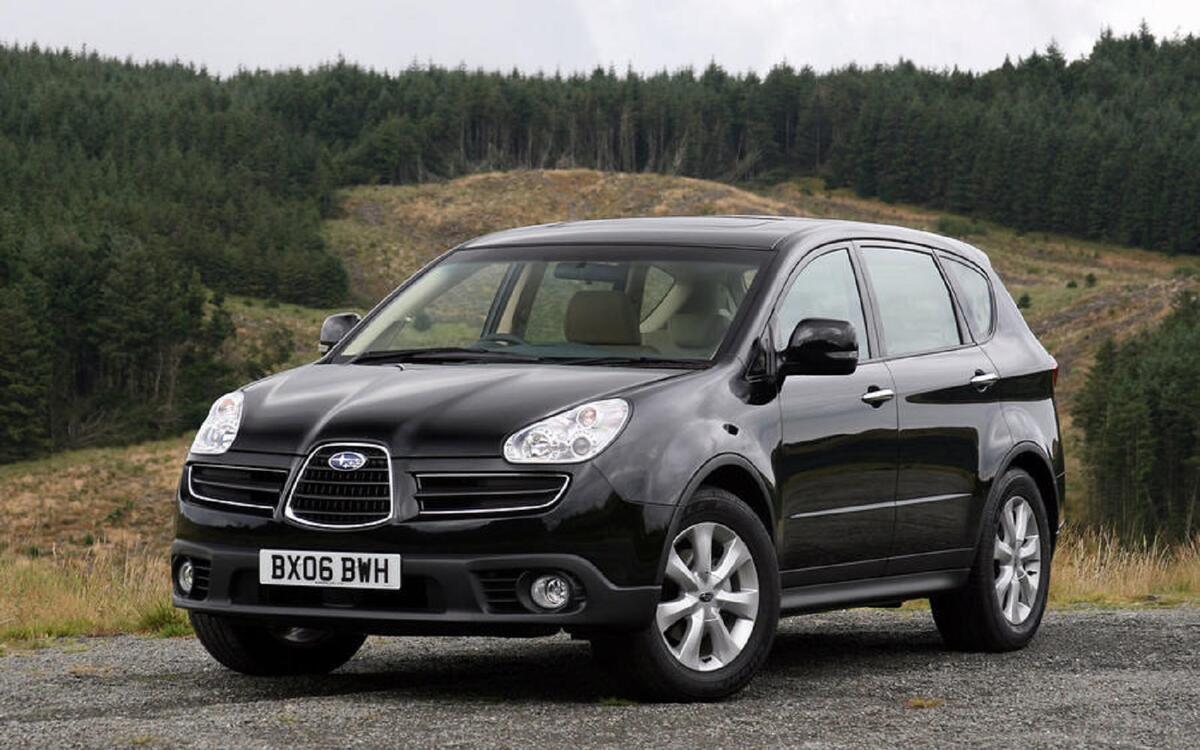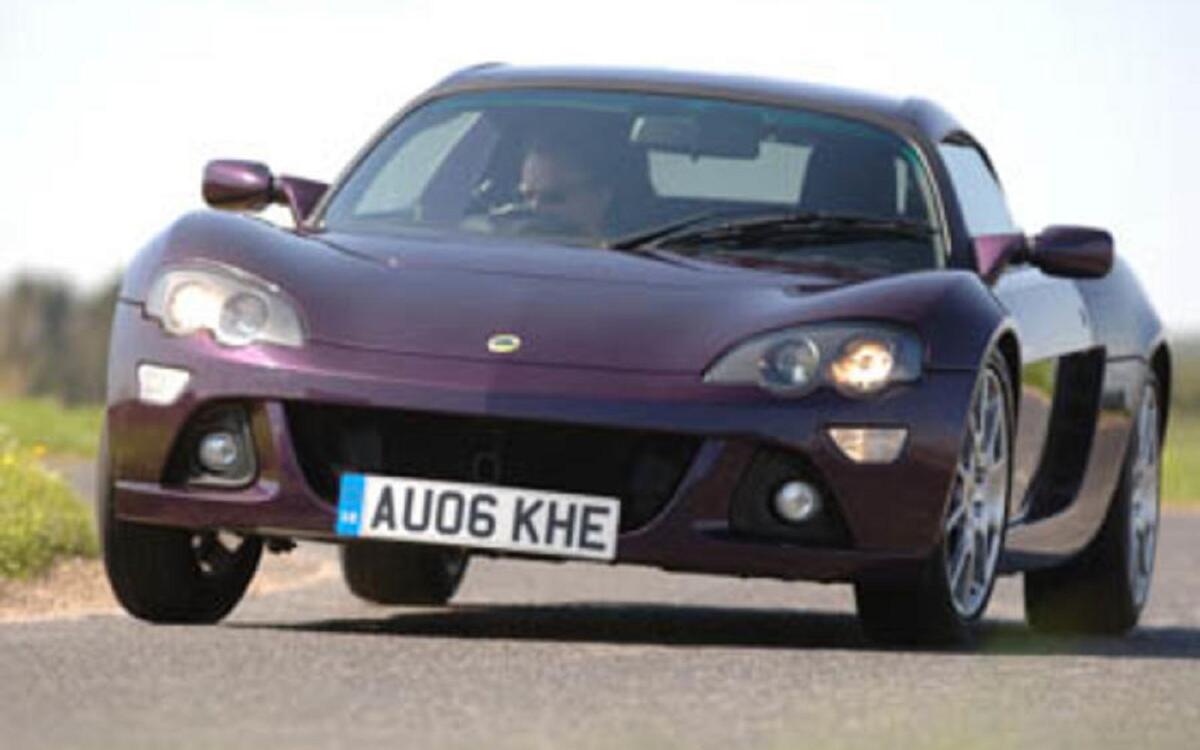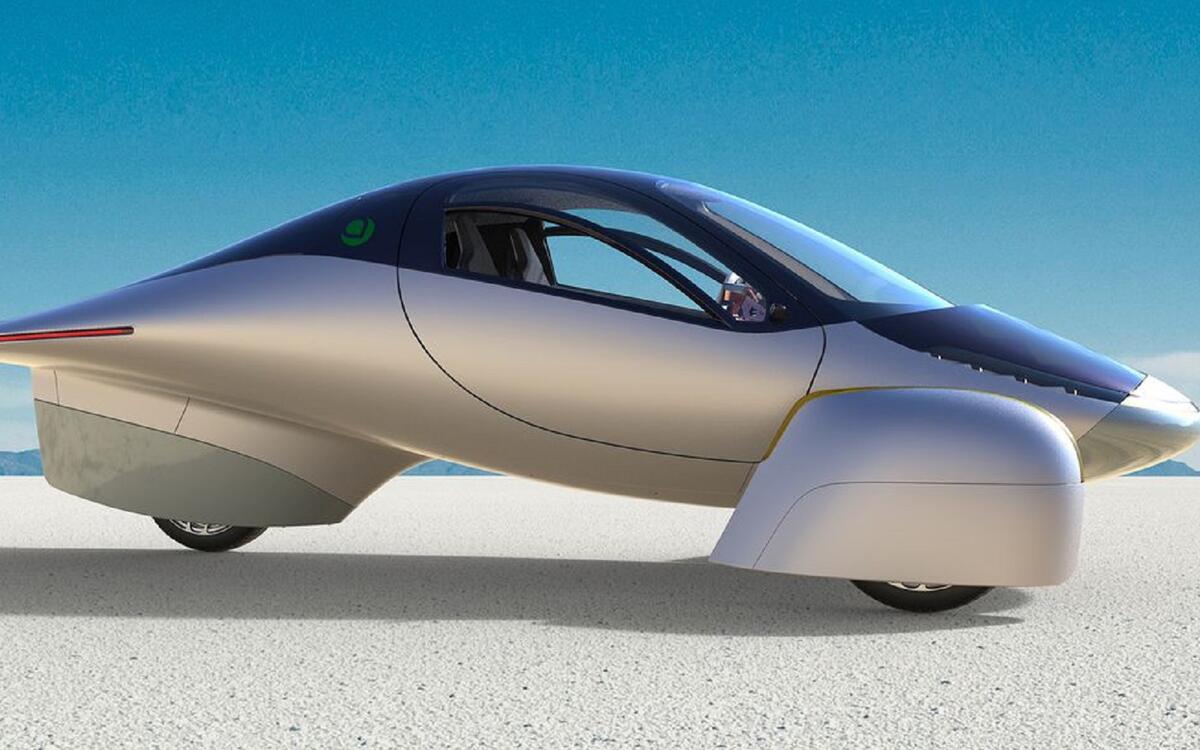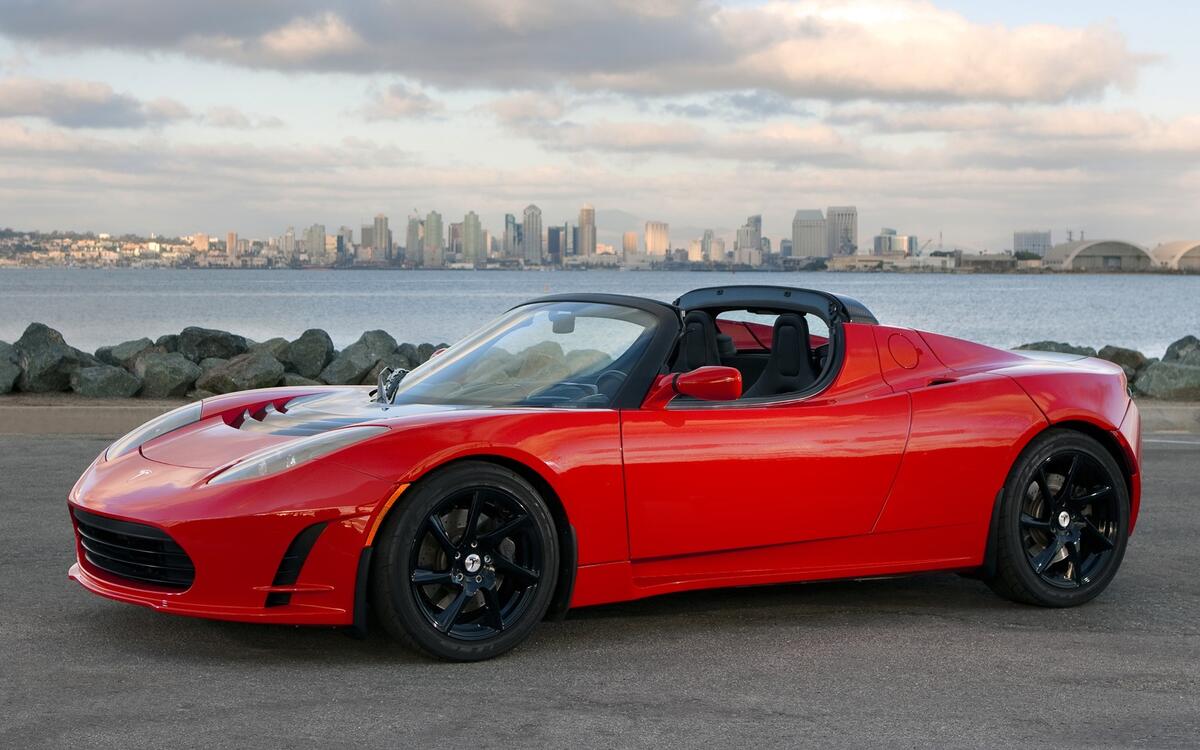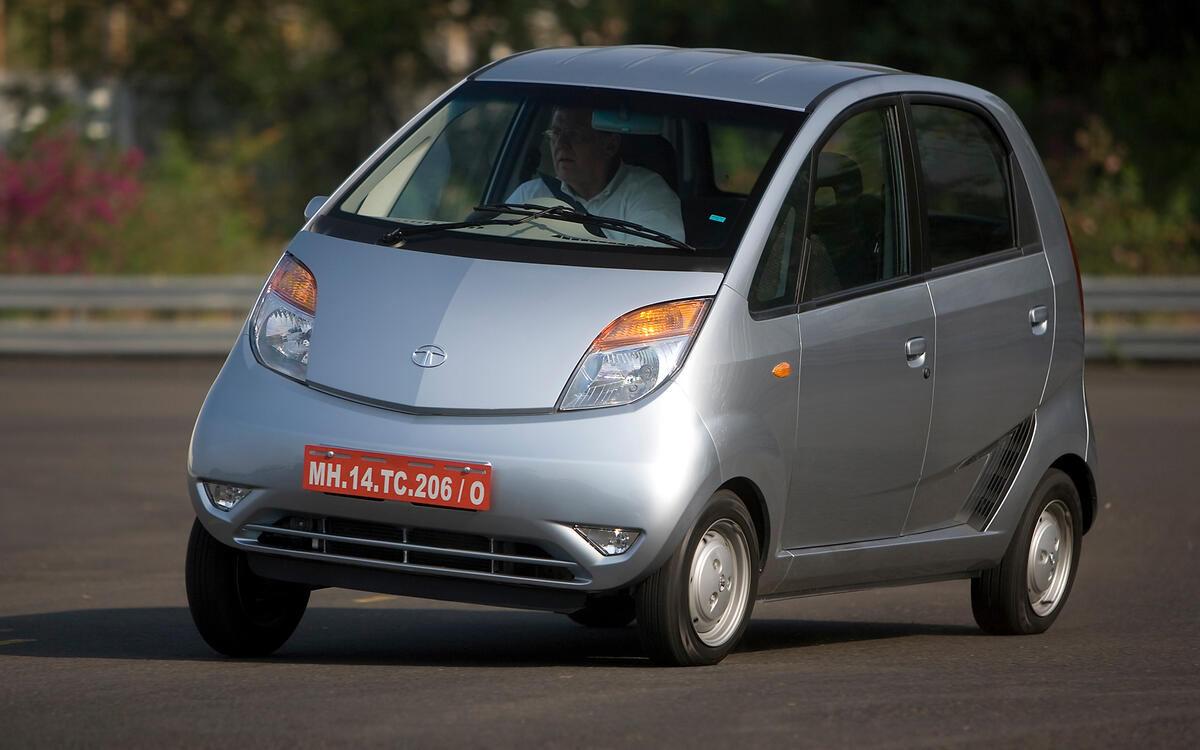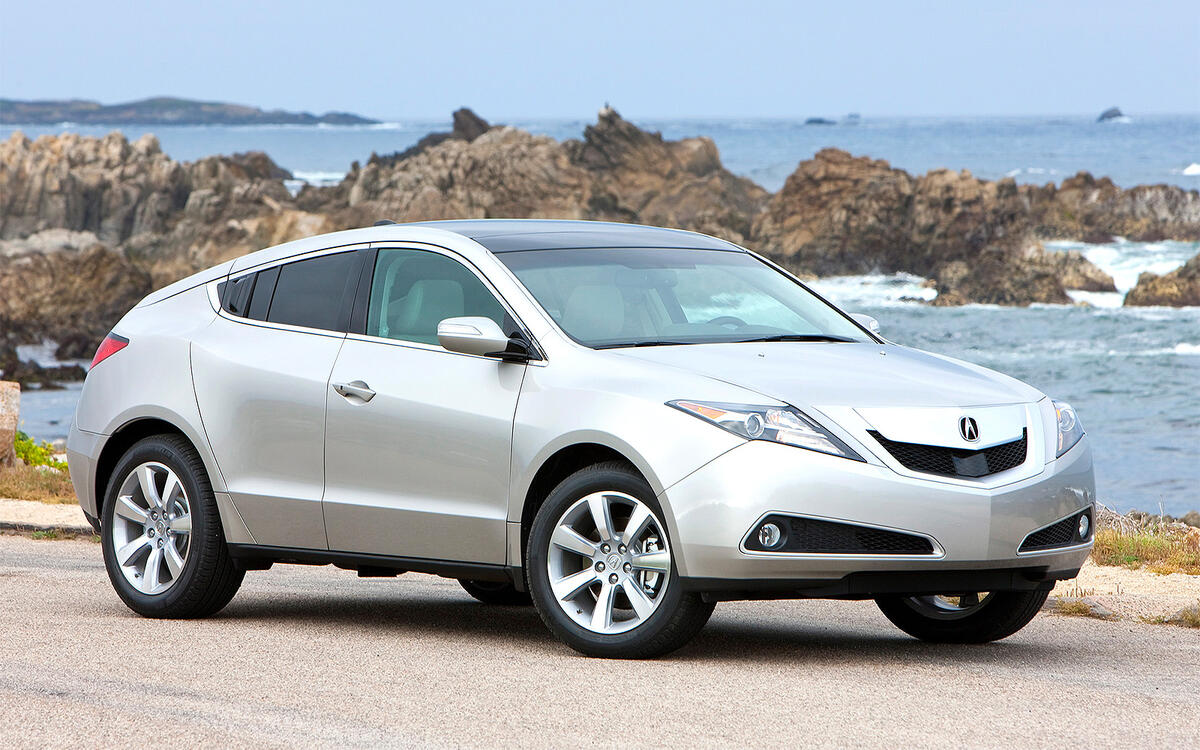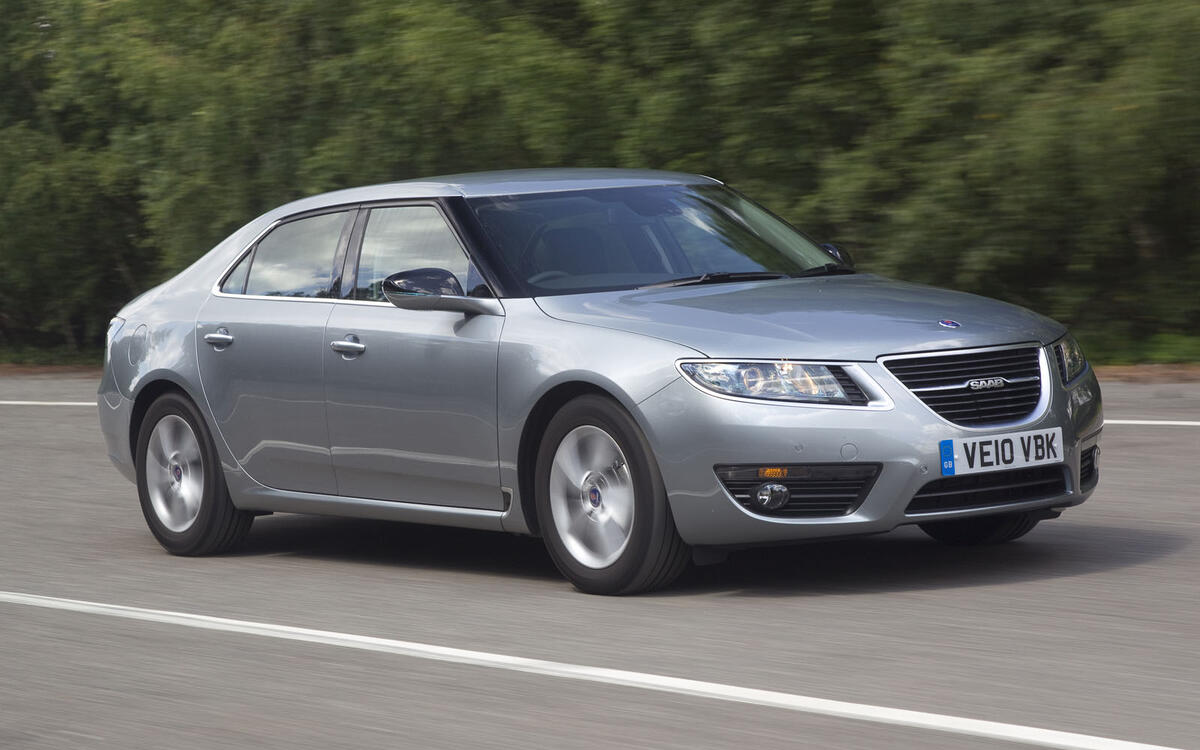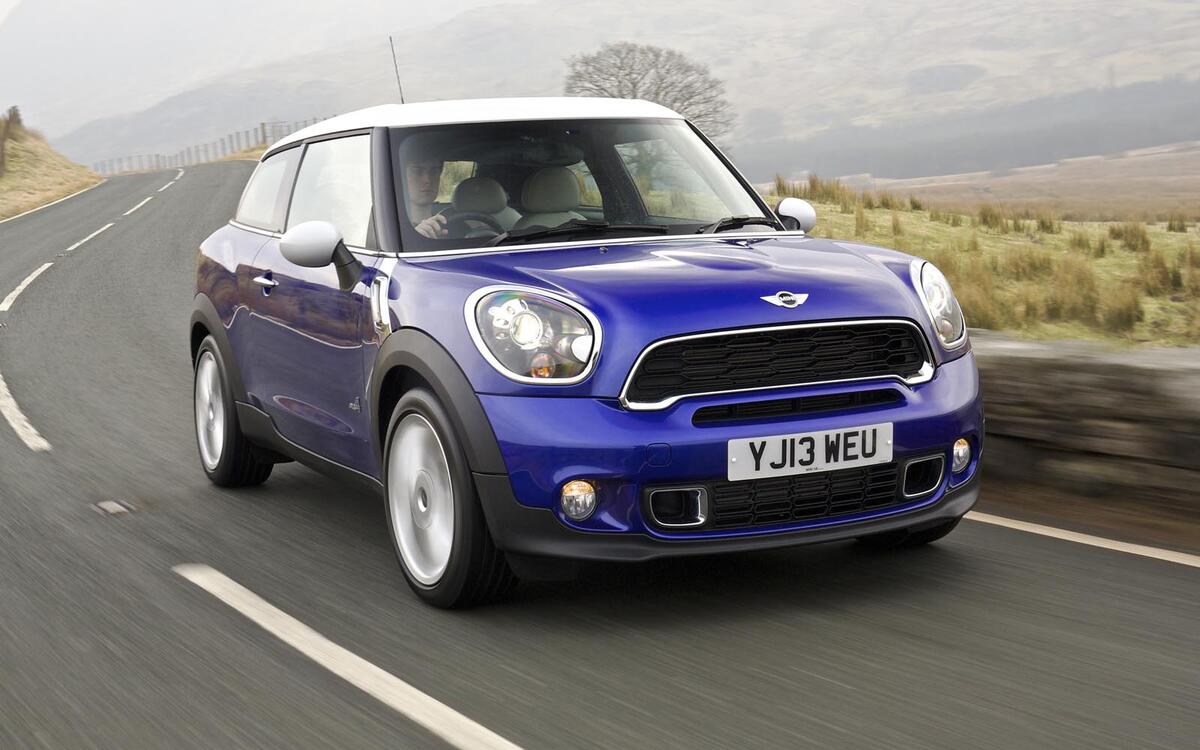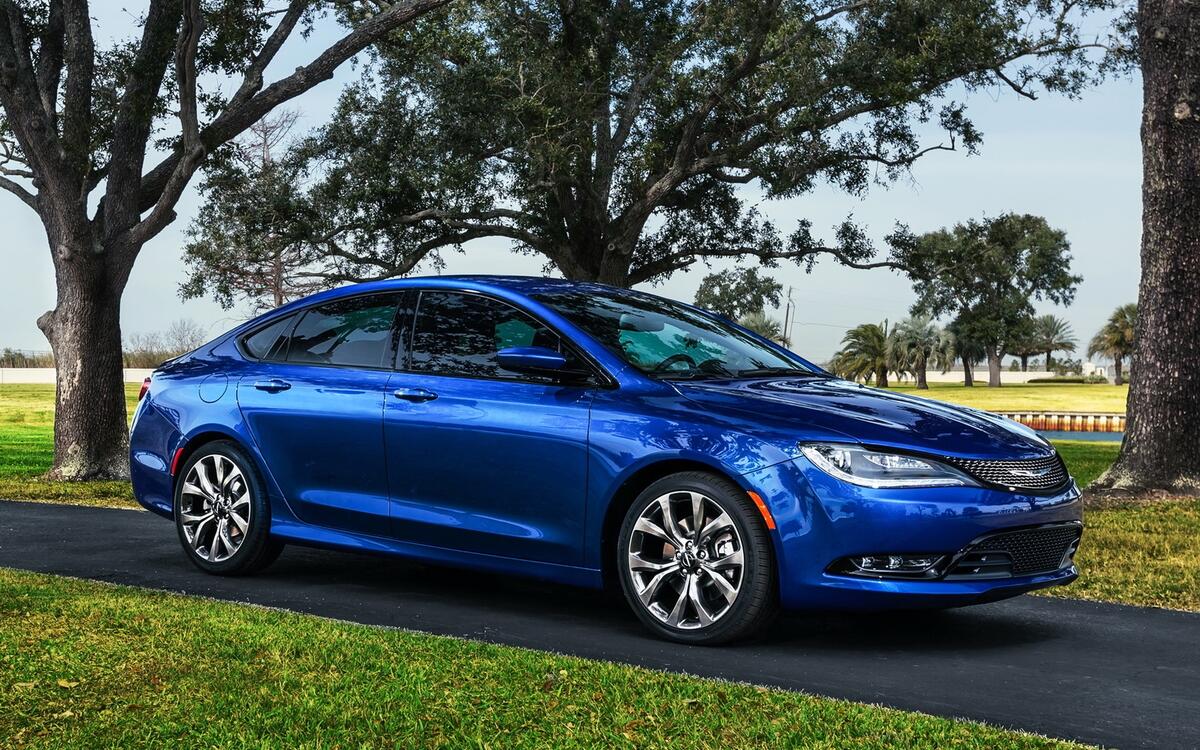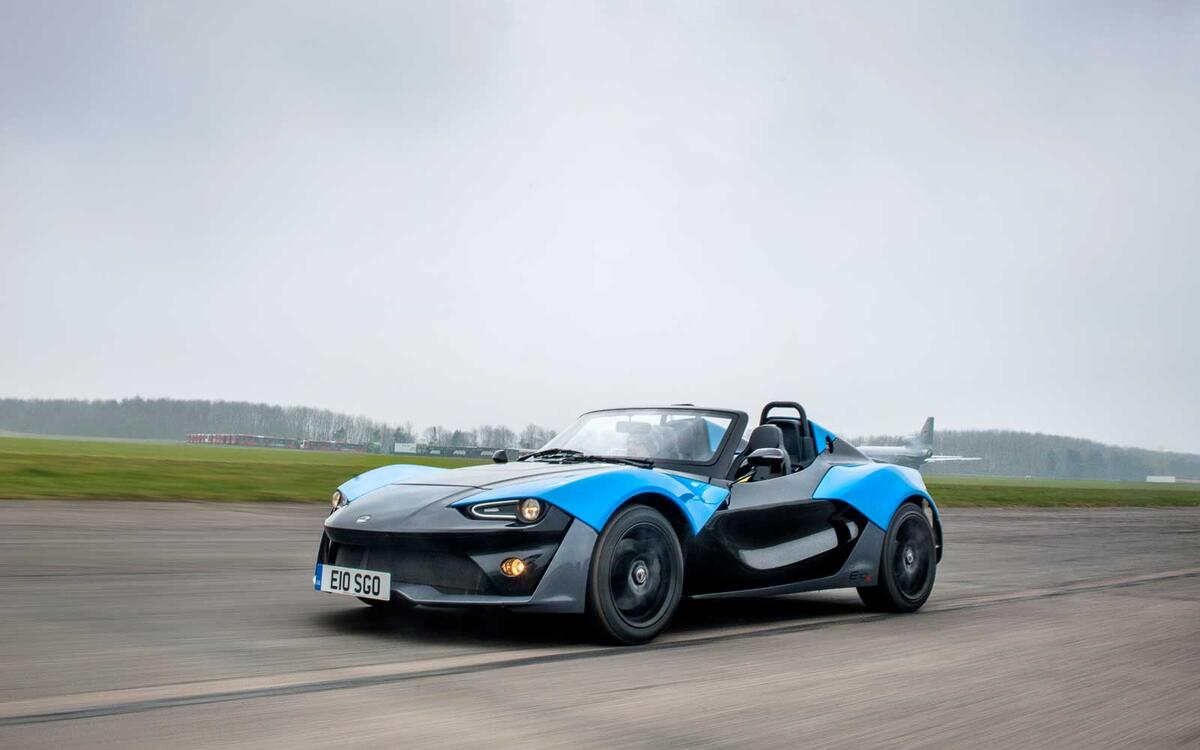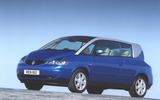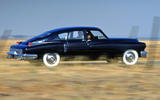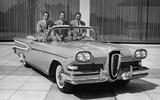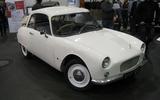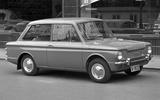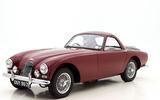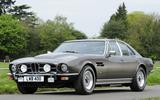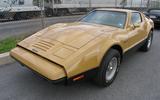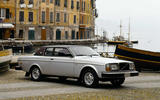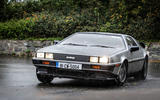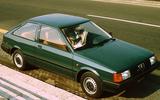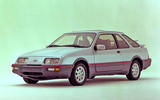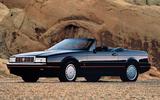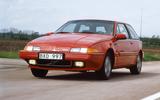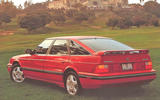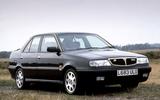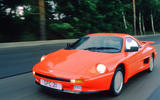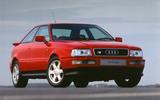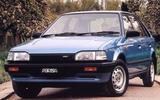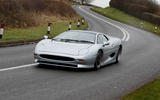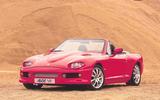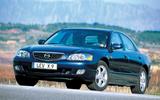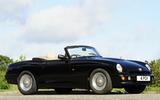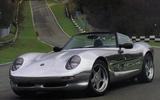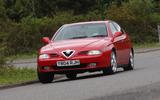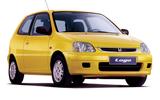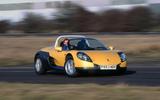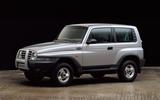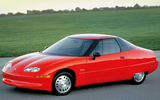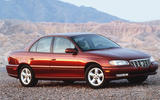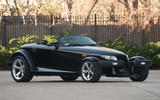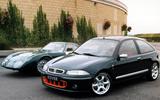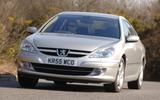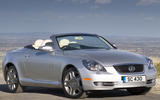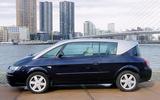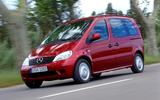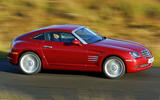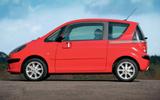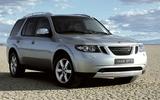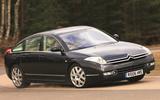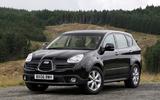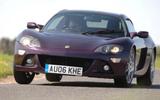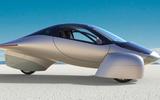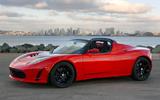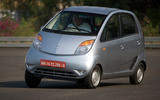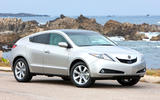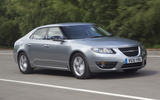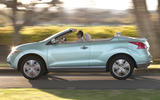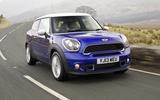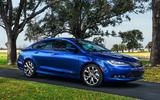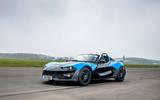 Slide of
Slide of
Success is hard won in the auto industry.
And many factors have to align for a car to become a sales hit. Even when all of those elements do come together, there’s no guarantee that looks, innovation or being first to recognise a trend will translate to glory.
History is papered with cars that flopped for many different reasons, so here’s our top of the flops listed in chronological order.
 Slide of
Slide of
Tucker 48 - 1948
Among automotive what-might-have-beens the Tucker 48 is one of the most intriguing. Designed by renegade innovator Preston Tucker without any support from the big three car makers in the USA, the 48 came with numerous safety features and technical developments. It had a swivelling central spot lamp to give directional lighting, safety windscreen, disc brakes and a rear-mounted flat six engine.
Plenty were attracted to the notion of the Tucker, but it stumbled for a number of reasons. A poorly planned public launch generated bad reviews in the press, and then there was an investigation into an alleged fraud surrounding funding of the company. Tucker was acquitted of this, but nobody wanted the 48 by this stage and only 51 cars were built, with 47 cars still remaining today. They frequently sell for more than $1 million.
 Slide of
Slide of
Ford Edsel - 1958
Shifting market trends led Ford to the creation of the Edsel brand as an upper-medium contender for the likes of Buick and Pontiac. Company president Henry Ford II (pictured right) was persuaded to name it after his father, Henry Ford’s only son, who died in 1943. The Edsel was aimed at offering a bit of luxury and glamour at a more affordable price than Ford’s own Lincoln brand. This included establishing a dedicated Edsel sales network.
However, customers stayed away in their droves, put off by the Edsel’s fussy looks and despite a huge marketing push by Ford in the year preceding its launch. Billed as a car of the future, the Edsel featured innovative ideas such as warning lights for low oil level and engine temperature, as well as the Teletouch push button gear selector. Initial sales were acceptable, if a bit below expectations, but they dropped significantly in following years – not helped by a nasty recession that saw the wider car market fall by 50% - and the Edsel was dropped in late 1960 after Ford is reckoned to have lost $350 million (£268 million), or $2.4 billion (£1.85 billion) in today’s money.
PICTURE: 1958 Edsel Citation Convertible
 Slide of
Slide of
Citroën Bijou - 1960
Citroën built 2CVs in the UK at Slough from 1953 to 1960, but it wasn’t a sales hit and they were left with unused chassis. This is where the Bijou, French for ‘jewel’, was envisaged as a way of using spare parts and boosting the appeal of the 2CV platform with a compact coupe model.
The thinking was sound, but the execution wasn’t. British car buyers had several sporty, affordable coupes to choose from and the Bijou couldn’t offer anything like their performance as its glassfibre body was heavier than a standard 2CV’s, so it was slower. The interior was cramped and the styling an acquired taste, which all explains why only 207 Bijous ever found buyers.
 Slide of
Slide of
Hillman Imp – 1963
The Hillman Imp took the fight to the Mini with its radical rear-engined design, which made the Imp the first mass-produced UK-made car with this configuration. In many ways, the Imp was considered better to drive than the Mini thanks to its nimble handling and superb engine. However, quality issues plagued the Imp, which was built at a new factory at Linwood, Scotland where the workforce had no previous history of car building.
Other areas that let the Imp down were the glass rear hatch that was not as practical as the Mini’s boot and the car’s pneumatic throttle. The Imp and its derivatives carried on until 1976, when 440,032 had rolled off the line, but by then the Mini was notching up sales measured in the millions.
 Slide of
Slide of
Morgan Plus Four Plus – 1963
For a company that measures annual sales in the hundreds, it’s hard to think how low production would have to dip for a model to be a flop. In the case of the Plus Four Plus, that number is 26. This bold attempt to break away from Morgan’s very tradition looks and construction simply jarred too much with its customer base. They baulked at its MGA-like looks and glassfibre body.
Now, the Plus Four Plus’ rarity makes it one of the most highly prized cars for Morgan aficionados. Its dependable Triumph TR4 mechanicals make it easy to look after and good to drive, while it represents a change in Morgan thinking that would take until the Aero 8 to be repeated.
 Slide of
Slide of
Aston Martin Lagonda – 1974
The wedge-shaped Lagonda launched in 1976 was far from a runaway sales hit, with just 645 made over a 16-year production run. Yet that seems positively vast when compared to the mere seven previous generation Lagonda cars made from 1974 to 1976. Based on a long wheelbase version of Aston’s DBS V8, this more-rounded-in-appearance car was created as much for company boss David Brown as for any commercial reason.
The contemporary two-door V8 Saloon’s styling did not lend itself to a proper four-door, even if it did come with a 5.3-litre V8 under the lengthy bonnet. Customers stayed away, encouraged by a fuel crisis and Aston Martin’s internal troubles of the period.
 Slide of
Slide of
Bricklin SV-1 - 1974
Safety sells, but not when you’re trying to market a low-slung gullwing-doored coupe such as the Bricklin SV-1. Its name stood for Safety Vehicle One and it was developed with a strong roll-over structure and impact-absorbing bumpers that were new ideas at the time of its launch. It was also made of glassfibre, so it wouldn’t rot.
However, the rot did set into the Bricklin business as problems with quality control and workers not turning up began to hurt production. Bricklin also doubled the price of the car from its launch in 1974 till it fizzled out in 1976 when funding from the Canadian province of New Brunswick pulled the plug on its investment.
 Slide of
Slide of
Lamborghini Cheetah – 1977
More than a passing similarity to the original Hummer is not entirely coincidental for the Lamborghini Cheetah. It was created to the same brief from the US military for an all-terrain vehicle to carry troops. Working in partnership with Mobility Technology International, Lamborghini built the Cheetah with a rear-mounted Chrysler V8 engine.
This engine layout did not bode well for the car’s handling and the US Army gave the contract to the AM General, which went on to build many Hummers. The lone Cheetah was sold off, though Lamborghini was sufficiently inspired by the large SUV to go on to make its LM002 with a Countach V12 motor.
 Slide of
Slide of
Volvo 262C – 1977
Every now and then, Volvo dabbled with coupes and the 262C followed on from the delightful P1800. However, the 262C retained the brick-like appearance of the 200 series it was based on, though with a strangely styled and vinyl-clad roof. It was meant as a luxury coupe for affluent US drivers, but its key market shied away despite its lusty V6 engines.
Volvo was undeterred and offered the 262C – built in Italy by Bertone - in many markets, but it wasn’t enough to increase sales volumes to anything approaching worthwhile. In the end, the 262C was pulled from sale in 1981 after 6622 examples were made.
 Slide of
Slide of
DMC DeLorean – 1981
One of the great missed opportunities of the automotive world, the DeLorean DMC-2 had everything going for it before its launch. A chassis designed by Lotus, styling by Giugiaro, a charismatic boss in former GM executive John Z. DeLorean, and a Belfast workforce hungry for jobs. It all unravelled so quickly in a mess of financial debts, drug scandal and wasted public money, leaving the car with a tarnished reputation.
There were other problems with the car as well, such as concerns over the gullwing doors’ safety in a crash, dowdy performance from the underpowered Douvrin V6 and stainless steel bodywork that showed up every mark. The final nail was indifferent handling. Only 8583 DeLoreans were built before the story ended after less than two years.
 Slide of
Slide of
Alfa Romeo Arna - 1984
Mixing the best bits of Italian and Japanese car design makes great sense, but the Alfa Romeo Arna managed neither of these feats. Instead, Alfa stuffed its flat-four motor into the Nissan Cherry, giving the Italian company a small hatch model to replace the Alfasud and Nissan gained a foothold in the European market with a version of the car badged Cherry.
After the deft driving pleasure of the Alfasud, the company’s owners were put off by the dull handling of the Arna. It didn’t have the build quality of its Nissan counterpart and the looks missed the flair associated with Alfa. Only 61,750 were made during three years’ production and both Alfa and Nissan were happy to sweep this one under the carpet.
 Slide of
Slide of
Merkur XR4Ti – 1984
Where the Ford Sierra XR4i became a lusted-after fast hatch in Europe, its US version in the shape of the Merkur XR4Ti missed the mark. It didn’t help the Merkur had to make do with a turbocharged 2.3-litre four-cylinder engine rather than the European’s 2.8-litre V6. There wasn’t much difference in power, and the Merkur could cover 0-60mph in seven seconds, but US buyers just didn’t know what to make of it.
Predicted sales of 25,000 per year failed to materialise, with 13,559 the best the XR4Ti could muster in 1986. By the end of its life in 1989, only 42,464 Merkurs had been shifted compared to 156,514 Mustangs in 1985 alone, and that was a lean year for Mustang sales.
 Slide of
Slide of
Cadillac Allanté – 1986
There’s no faulting Cadillac’s thinking in wanting to build a rival to the Mercedes SL roadster given the firm was in direct competition for American luxury car buyers. However, the process of building the bodies for the Allanté in Italy by Pininfarina and then flying them over to the US for completion in purpose-modified Boeing 747s, 56 bodies at a time, was ruinously expensive.
Cost was one issue for the Allanté, another was build quality that just didn’t get on a par with the Mercedes. Nor were the engines up to the competition to begin with, though that was addressed in 1989. By then, buyers had decided the Allanté was not for them and Cadillac sold a measly 21,430 of its handsome drop-top in seven years.
 Slide of
Slide of
Volvo 480 – 1986
This is a car that should have ticked all the 1980s boxes. Pop-up headlights, wedge shape, turbocharged engine option, and a respected car maker behind it even if you did have to do a double-take to know it was Volvo. And yet, the 480 racked up only 80,463 sales in nine years, which is considerably less than its dowdy 300 Series sibling managed between 1986 and its 1991 demise.
Much of the problem for the 480 lay in it being too radical for Volvo’s usual customer base, who were wary of the company’s first front-wheel drive model. Other buyers thought of Volvo as too strait-laced and preferred more obvious coupe choices such as the Volkswagen Sirocco or Toyota Celica GT. But it was certainly an interesting diversion for the Swedish company; a convertible was even planned, though never realised.
 Slide of
Slide of
Sterling - 1987
Attaching the mechanical parts of Honda’s Legend large saloon to the clubby interior of a Rover could have been a recipe for sales stardom in the USA. Choosing the Sterling name for the car, US buyers were initially very happy with the marriage of Japanese tech and British luxury fittings. However, problems soon reared their heads and first year sales of 14,171 plunged to 8901 in 1988, and they only kept getting worse.
Faults with build quality and rust pushed the Sterling to the bottom of reliability rankings while – embarrassingly - the Honda Legend performed very well. In addition, Rover had unwisely developed the electrical system itself rather than leaving it to Honda, with predictably awful consequences. Rover also designed a neat-looking coupe version, but by the time it was ready it had left that car’s primary target-market. In 1991, Rover pulled the Sterling from the USA and never returned, though its name sort-of lives on in the US in the form of Land Rover, now operated by India’s Tata Motors.
 Slide of
Slide of
Lancia Dedra – 1989
There was no lack of ambition from Lancia for its Dedra saloon, which replaced the Prisma as the Italian firm’s answer to the BMW 3 Series. Neat, if unremarkable, looks worked for the Dedra, while nimble handling and strong performance from the turbocharged 2.0-litre engine made it a worthy rival to its German competition.
However, the spectre of rust came to overshadow the Dedra – not for the first time in Lancia’s life - and the model bore the ignominious shame of seeing Lancia bow out of the UK market in 1994. If only Lancia’s corrosion resistance been better, it could have shifted more than the 418,084 Dedras it did across a 10-year lifespan.
 Slide of
Slide of
Panther Solo – 1989
Originally meant as a Ford XR3i-powered rival to the Toyota MR2, ambition from Panther exceeded the brief and it ended up with a 204bhp Sierra Cosworth motor. This gave it decent performance for the time, delivering 0-60mph in 6.8 seconds. The change in power plant and a redesign to make it a mid-engined 2+2 seater also contributed to a lengthy development period.
The final nail in the Solo’s sales coffin was the hefty price tag of £39,980 at launch, which could have bagged you a brand-new Porsche 944 S2, alongside a Ford Fiesta XR2i with the change. Little wonder only 18 Solos were built versus the 100 the company said it would shift.
 Slide of
Slide of
Audi S2 Quattro – 1991
Talk about tough acts to follow, the Audi S2 Quattro was tasked with filling the gap left by the Quattro 20V coupe. The S2 should have breezed it with its more rounded, contemporary style and a 220bhp 2.3-litre five-cylinder engine that offered 0-60mph in 5.7 seconds and 147mph flat out. All this, plus four-wheel drive and it was the first car to bear the ‘S’ badge.
Despite all of this in its favour, the S2 failed to excite buyers with its more polished manners than its predecessor. Audi sold 7370 S2s, which trailed the 12,500 figure of the earlier car by some margin.
 Slide of
Slide of
Sao Penza – 1991
The Sao Penza was a South African-built version of the sixth generation Mazda 323. While it worked in its home country as a cheap hatch, when the Penza was imported to the UK thanks to sharing right-hand drive with South Africa, it was a sales dud. There were simply too many better made and equipped rivals, including Mazda’s own model, and a whisker more than 1000 found homes in the UK.
Sao made a concerted effort to woo buyers with its low pricing, which undercut its Mazda relative by around 25%. Even this didn’t work and the Penza disappeared from the UK market after just two years.
 Slide of
Slide of
Jaguar XJ220 - 1992
The Jaguar XJ220 ran into even more problems than most supercars do on their journey from drawing board to showroom. First off, the specification changed drastically from a V12-powered, all-wheel drive machine to a V6 turbo with rear-drive. Some buyers cancelled their orders on the strength of this, while others pulled out because of a financial recession.
In the end, the 213mph XJ220 managed a production run of 274 cars and that was only after Jaguar had cut the price to shift the remaining cars. It was a costly exercise for all concerned, even if the XJ220 is now regarded as one of the better supercars of its era – and an extremely fast one.
 Slide of
Slide of
AC Ace – 1993
AC’s open-top Ace sports car was not dissimilar in looks to the Aston Martin DB7 that arrived a year later. It should have been a good omen for the Ace, especially as the production car replaced the original concept’s Ford V6 engine with a V8 from the same maker. With 225bhp, performance was decent but not as quick as the looks and name suggested.
A later Ace from 1997 onwards had more power, but it took too long to deliver the car and the price was the same as the Aston DB7s. For most buyers, the tiny AC company just didn’t have the draw of those famous Aston Martin wings and only 58 Aces were made in total.
 Slide of
Slide of
Mazda Xedos 9 – 1993
Mazda saw what Honda and Toyota were doing with their respective Acura and Lexus new luxury brands, and Mazda fancied a slice of this upmarket pie. This is where the Xedos models come in, with the 6 launched in 1992 and the larger 9 a year later. In many ways, the 9 was a very good car, built to even higher standards than Mazda’s mainstream models and opulently appointed. It even had more paint applied to give a greater lustre.
The problem was buyers were not prepared to the pay the premium to drive a Mazda-badged luxury car – the proposed new Amati luxury brand was dropped - when they could have a BMW or Mercedes for similar money. Even the addition of a supercharged Miller cycle 2.3-litre V6 with 203bhp to replace the earlier 168bhp 2.5 V6 was not enough to tempt buyers. The Xedos 9 limped on in various markets until 2003, but sales were disappointing and nowhere near the 72,000 Xedos 6 sold.
 Slide of
Slide of
MG RV8 – 1993
The MG RV8 was a sales flop in the UK, though it did find some favour in Japan where most of these cars ended up. While sales of 1999 in total were nothing like the 77,269 of the MGF that followed, the RV8 did put the MG name back in the public’s mind. It helped that it came with a 190bhp 3.9-litre version of the Rover V8 engine.
However, that’s where the good news ended as the RV8 was expensive next to a similarly powered and quicker TVR. It was also saddled with decidedly old tech suspension that meant ride and handling were just not good enough for the period.
 Slide of
Slide of
Caterham 21 – 1994
Launched as a 21st anniversary present to itself, Caterham hoped the 21 would draw in buyers with the thrilling performance of a Seven but with a more practical, wind-proof body. The thinking was sound and the execution just as thorough, while power from Rover K-Series engines was strong enough to offer 0-60mph in a very swift 4.5 seconds and onto a 135mph top if you chose the 1.8-litre version.
There was just one snag for the 21, which was Caterham buyers wanted the raw experience of the Seven, not a tamed version of it. When Lotus launched its Elise, which was cheaper and had mid-engined mini-supercar looks, the writing was on the wall for the 21 and only 48 cars were produced.
 Slide of
Slide of
Nissan Maxima QX – 1994
By the time the Nissan Maxima QX arrived as the fourth generation in its line, the market for executive cars from mainstream car makers was on its last legs. Nissan’s bland Maxima QX did have very keen pricing on its side and it was very well made, but there was none of the driving fun there that could be found in a Ford Scorpio or Vauxhall Omega.
Hopes of selling 1500 Maxima QXs each year in the UK quickly evaporated as sales could be counted in double digits in the UK market. By 1999, it was all over for the Maxima QX in the UK and many other markets, though it continued as a rival to the Toyota Camry in the US until 2021.
 Slide of
Slide of
Suzuki X-90 – 1995
Suzuki has proved adept at filling SUC niches, but the X-90 was a rare misstep from the Japanese firm. The idea of an SUV with a bubble top and targa roof panel was just too left-field for most buyers and the company struggled to sell more than 10,000 X-90s worldwide. US sales were strongest, with 7200 sold in the two years the X-90 was available.
Underneath the oddball looks was a shortened Vitara floorpan and associated running gear. This gave buyers the option of rear- or four-wheel drive versions, while the 1.6-litre engine offered 95bhp for peppy performance.
 Slide of
Slide of
Vector W12 – 1995
Using the Lamborghini Diablo and its 5.7-litre, 492bhp V12 engine should have been the ideal springboard to supercar stardom for Vector. However, the W12 came from troubled roots, starting when the original Vector outfit was subject to a hostile takeover by Megatech. A subsequent lawsuit saw the original car restyled by Peter Stevens, the man behind the McLaren F1’s looks.
Even with the dramatic appearance and a 189mph top speed, customers still preferred the badge appeal of the Lamborghini. It all came to an end for Vector in 1999 after a mere 17 cars had been put together, including a race version.
 Slide of
Slide of
Alfa Romeo 166 – 1996
To appreciate the stark contrast between the Alfa Romeo 166 and its key executive class rival, you only have to look at the sales figures. Where the contemporary BMW 5 Series sold just shy of 1.5 million cars in its time on sale, the Italian managed less than 100,000. Striking looks and perky engines could not alter the fact buyers were wary of the Alfa’s reliability, quality, and depreciation.
A facelift with even more powerful engines in 2003 was too little, too late to save the 166. Even in its homeland, Italian buyers preferred an Audi, BMW or Mercedes badge on their executive saloon, and Alfa never offered the 166 as an estate.
 Slide of
Slide of
Honda Logo – 1996
In many ways, the Logo was peak mid-1990s Honda. After all, here was a supermini hatch that was relentlessly reliable, well put together, and cheap to run. It even won awards for its unerring ability to carry on working when its rivals would eventually conk out. Yet, none of this mattered when it came to Logo sales.
What made the Logo so right on paper also equated to a car so dull, so boring that only the most immune to driving enjoyment would choose it. All of this explains why the Logo, which was introduced in 1996, lasted only nine months on the UK market in 2000-2001.
 Slide of
Slide of
Renault Sport Spider – 1996
Renault’s Sport Spider had two main problems, and neither of them was its lack of a windscreen when it first went on sale. No, the biggest issues the Spider faced were the Lotus Elise on one side and the Porsche Boxster on the other. In the rapidly expanding open-top sports car market of the mid-1990s, the Elise was by far the best on the stripped-back side, while the Boxster did prestige and style better than the rest. The Renault fell in the gap between this pair.
The Spider’s cause was not helped by mediocre performance from its 150bhp Clio Williams-sourced 2.0-litre engine. From rest to 60mph in 7.4 seconds was not spectacular for this would-be road-racer, and nor was the 124mph top speed. Then again, with no windscreen until later in production, few would be foolhardy enough to drive that fast. Ultimately, only 1800 Sport Spiders left Alpine’s Dieppe factory.
 Slide of
Slide of
SsangYong Korando – 1996
The second-generation Korando was a big move upmarket for the South Korean firm. Along with more rounded styling, there was an engine line-up borrowed from Mercedes, including a gutsy 2.9-litre turbodiesel engine. With four-wheel drive, it should have been in a prime position to capitalise on the growth of the SUV market at the time.
Part of the problem for the Korando was customer resistance to the SsangYong badge, while a lumpy, bumpy ride did it no favours, either. In the UK, the Korando last from only 1997 to 1999, and sales tailed off to almost nothing by the time the car was discontinued from all markets in 2006.
 Slide of
Slide of
General Motors EV1 - 1996
Like many cars that stumbled in the race for sales, GM’s EV1 was ahead of its time. Not just in being an all-electric car but also because it was leased rather than sold outright to its drivers. This was because GM looked on the car as an extended research project, even though reaction was very positive and demand was strong.
At first, EV1s were only supplied in California and Arizona, which held back numbers. The problem for the EV1 arose from GM deciding that electric cars were too small a niche to turn a profit, so the idea was canned and most of the original 1117 built were recaptured and crushed. For the EV1, it was a case of the right car but the wrong management. GM executive Rick Wagoner later said closing the EV1 project was one of his biggest regrets.
 Slide of
Slide of
Cadillac Catera - 1996
European eyes will recognise the Cadillac Catera as the Opel/Vauxhall Omega that enjoyed decent sales. However, in the USA, the Catera notched up only 95,000 cars during a five-year run despite an advertising campaign that featured supermodel Cindy Crawford. Much of the problem stemmed from the German-built Catera being pitched as a luxury car when it wasn’t big enough inside or out for the US market, and it was expensive.
Caddy’s woes were compounded by the Catera’s poor reliability record and the company’s initially indifferent reaction to snapped timing belts and wrecked engines. In the end, it issued a costly recall but the damage was already done to the car’s reputation and it slunk out of the sales charts in 2001.
 Slide of
Slide of
Plymouth Prowler - 1997
The Plymouth Prowler is a great example of a company boss pushing a pet project. In this case, it was hot rod fan Thomas C Gale who made sure the Prowler made it to life and it was an interesting idea by predating the retro design theme of the MINI and Volkswagen Beetle. The Prowler should also have appealed to those who couldn’t afford a Dodge Viper from the same overall Chrysler stable.
The looks were great and the Prowler’s details were spot on too. There was just one flaw: the engine. The 3.5-litre V6 engine came with 214bhp and a four-speed auto ’box as standard, which blunted performance and lacked the expected V8 soundtrack. Never mind the handling was decent thanks to 50:50 weight distribution, the Prowler didn’t appeal to sports car fans and just 11,702 left the factory across five years. It was something of a last hurrah for Plymouth – the brand was axed in 2001.
 Slide of
Slide of
Rover 200 BRM – 1997
British Racing Motors had a fine history in Grand Prix racing up to 1977, and Rover revived the name for its 200 hot hatch model. Finished in BRM’s signature green livery with orange lower front grille, it certainly stood out. It also came with the firm’s lively 1.8-litre, 143bhp K-Series engine, so 0-60mph came up in a decent 7.9 seconds.
Inside, the 200 BRM had plenty of red leather upholstery, but beyond that it wasn’t much different to a standard 200 with the same engine. In the end, Rover sold 1100 200 BRM models, so it was not the sales winner the company had hoped for, though it is now considered a minor though fast vanishing classic.
 Slide of
Slide of
Peugeot 607 – 1999
The 607 arrived after a particularly purple patch in Peugeot’s styling, with the likes of the 206, 306 and 406 all offering sharp looks. Then came the droopily styled 607 and it all went a bit wrong. There was nothing amiss about the ride or handling of the 607, but its cabin didn’t give off the same air of quality as a Mercedes E-Class or Audi A6. Nor did it drive anything like a BMW 5 Series.
In France, initial sales were encouraging for Peugeot, but even the partisan French gave up on the 607 after a couple of years. As a result, sales soon plunged in number and then it was just managing decline until the 607 finally had the plug pulled on it in 2010. By then 194,802 had been built, which was some way off the 1.6 million contemporary Mercedes E-Class produced in the same period.
 Slide of
Slide of
Pontiac Aztek - 2000
On paper, the Pontiac Aztek was a winner: a mid-sized SUV with plenty of space and reasonable running costs. It should have been a pioneering car for Pontiac as the world cottoned on to smaller 4x4s and crossovers. However, its styling can at best be described as controversial; Pontiac was trying to draw attention to itself – and it certainly succeeded, but not necessarily in a good way.
More worrying for Pontiac and its General Motors masters was the need to sell at least 30,000 Azteks per annum to break even. In its best year in 2002, just 27,793 found buyers and that tailed off dramatically in the final three years of the Aztek’s life before it was axed in 2007. Ironically, this was the point when crossovers became big news, so the Aztek could have been a trendsetter if it hadn’t been lumbered with such an angular appearance. It’s also remembered for being the daily driver of one Walter White.
 Slide of
Slide of
Lexus SC430 – 2001
The Lexus SC430 took its name from the Sport Coupe concept and its 4.3-litre V8 engine. It was pitched as a rival to the Mercedes SL and its folding metal roof followed the same design feature as the new SL that arrived the same year. Some were less wowed by the Lexus’ other styling, which was said to be inspired by luxury yachts.
Inside, the SC430 was notionally a four-seater, but in the real world it was a two-seat roadster. It was very well equipped and wanted for nothing when it came to all of the luxury kit of the time. However, the SC never had the same appeal as other Lexus models and it ended up selling 72,000 during its nine-year life, which was less than half of the Mercedes SL’s 169,434 in the same period.
 Slide of
Slide of
Renault Avantime - 2001
Patrick Le Quément’s design for the Renault Avantime was bold and tempted a lot of potential buyers. Sadly, few of them made the final step into ownership and the Avantime went out of production in 2003 with only 8500 cars made. There were multiple reasons for this and Renault’s positioning of the car must shoulder some of the blame for pitching it as a coupé rival to the likes of BMW and Mercedes.
There was insufficient rear seat space in the Avantime for it to work as a four-seater and access to the back necessitated very long, double-hinged doors that were troublesome to both make and use. Basing a sleek coupe on the Espace MPV chassis didn’t do the handling much good, either, and the final blow came when Matra pulled out of car production so its factory was no longer available to build the Avantime.
 Slide of
Slide of
Mercedes Vaneo – 2002
Following the success of its A-Class small hatch, Mercedes felt confident about launching an MPV version as so many of its rivals had. After all, the Megane Scenic was riding high in the sales charts, so why not the new Vaneo? Giving it a name with the word ‘van’ in it did not help in English speaking countries, nor did styling that looked like an A-Class had been put through a mangle.
Practicality was never in doubt with the Vaneo and it came with the same wide range of engines as the A-Class. However, more stylish MPV options kept buyers away and only 46,347 Vaneos found buyers during its three-year lifespan.
 Slide of
Slide of
Chrysler Crossfire - 2003
It may have looked like an American model shipped over to Europe, but the Chrysler Crossfire was conceived, designed and built in Germany. Created out of the ill-starred Daimler-Chrysler merger, it used a first-generation Mercedes SLK chassis and the V6 engine from that model, including the SLK32 AMG’s 330bhp supercharged motor as an option.
The problems started with the badge as buyers wanted a Mercedes instead of a Chrysler. Then Merc launched its new R171 SLK in 2004 with far superior handling to make the Crossfire feel even more dated with its recirculating ball steering set-up. Interior quality didn’t match the SLK’s, or BMW Z4 or Porsche Boxster, and the Coupe model had a hunched appearance. Some were sold in the USA, but even its spiritual home market shunned it and the Crossfire limped out of production in 2007 after 76,014 cars were built.
 Slide of
Slide of
Peugeot 1007 – 2004
There was sound thinking behind the Peugeot 1007. After all, here was a car ideally suited to cramped urban streets and parking bays, yet it still offered four seats and versatile load space. It also provided versatile load space thanks to the sliding rear seats.
However, the 1007’s high-sided styling and sliding doors were enough to keep most buyers away. As a consequence, Peugeot sold only 93,900 1007s during its lifetime. At the same time, Peugeot shifted more than half-a-million 207 superminis in 2007 alone. Enough said.
 Slide of
Slide of
Saab 9-7X – 2004
There’s not a great deal of Saab in the 9-7X other than the badges. Built by GM in Ohio, it was based on the Chevrolet Trailblazer with a choice of 4.2-litre straight six or 5.3- and 6.0-litre V8s. Although four-wheel drive was standard, there was none of the usual Saab design cleverness, and buyers saw straight through the 9-7X.
For an SUV in the US, the Saab sold in penny numbers compared to most rivals and it was something of a mercy when it was discontinued in 2009. By then, 85,994 9-7X had been sold, compared to almost quarter of a million Chevy Trailblazers in 2005 alone.
 Slide of
Slide of
Citroën C6 – 2005
Citroën made no great claims for the C6’s sales potential at its launch, yet it was quietly confident that its new DS for the modern world would find favour. It didn’t, which said as much about the conservative nature of the executive car market as it did about the C6. Its bold looks and cushy ride eschewed the usual approach in this sector, and the C6 was all the better for it.
Despite plenty of positive praise and a core of keen buyers, the C6 always had to work hard for sales against its German rivals. Even in France, sales were sparse and the C6 ended its time with a total of 23,400 cars built when the last rolled off the line in 2012.
 Slide of
Slide of
Subaru B9 Tribeca – 2005
With Subaru’s heritage in all-wheel drive cars, it was an obvious, if belated, move to build an SUV. The resulting B9 Tribeca, which took the latter part of its name from a hip district of New York, was a curious mix of ungainly front end and bland everywhere else. Even so, it drove well and the 3.0-litre flat-six engine delivered 242bhp for respectable pace, though with inevitable thirst.
A facelift in 2007 brought a larger 3.6-litre motor but also a new front end that did away with any hint of character. This goes some way to explaining sales that totalled 77,000 in the US to trail behind all of the class leaders. In Europe, it was even worse as the Tribeca struggled to register double digit sales in some years until it was canned in 2014.
 Slide of
Slide of
Lotus Europa S – 2006
The idea of a more comfortable, roomy Lotus Elise made sense by 2006 as Hethel’s answer to the Porsche Cayman that had just arrived on the scene. Lotus borrowed a 197bhp 2.0-litre turbocharged engine from Vauxhall, so the Europa S was good for 0-60mph in 5.5 seconds and 143mph. It also drove with all of the fizz you’d expect of an Elise.
The problem was, the Europa S didn’t drive with the same breadth of abilities as the Porsche, and build quality was not a patch on the German’s. Ultimately, buyers were confused by the Europa S and either opted for and Elise or Exige, or went elsewhere. The outcome was Lotus sold a meagre 456 S models and just 48 of the follow-up SE version.
 Slide of
Slide of
Aptera Motors 2e – 2008
Aperta’s 2e was a bold attempt to offer a more exciting battery-powered electric car. Its main body looked more like a light aircraft’s, with the front wheels encased in aerodynamic pods and a single rear wheel trailing behind. It was claimed the 2e could cover 100 miles at highway speeds and was capable of 0-60mph in 6.3 seconds.
All of this looked good on paper and the prototype, and the 2e even made a brief appearance in the 2009 film Star Trek. This was not enough to keep the 2e from reaching production, with only a handful of development cars made, but the company is now working on a solar-powered version of the 2e that it claims will sell 10,000 per year.
 Slide of
Slide of
Tesla Roadster – 2008
Tesla has become a major force in EV cars, but it all started with the Roadster launch back in 2008. Using the Lotus Elise chassis as its base was a good starting point for a sporting two-seater, while a choice of 248- or 288bhp motors meant 0-60mph in 4.0 seconds for the more powerful model.
The future seemed bright for the Tesla Roadster, but sales were slow to take off and early reliability problems marred its reputation. There was also the snag of its hefty price, which was £86,950 when right-hand drive versions went on sale in the UK. By the time the Roadster was taken off sale in 2012, Tesla had sold 2450 of them worldwide. But it was the start of something big: the follow-up Tesla Model S with its 250+ mile range was a gamechanger for the whole industry.
 Slide of
Slide of
Tata Nano - 2008
The ambition of the Tata Nano was impressive and it aimed to take millions of Indian customers off their scooters and motorcycles and into a car. It cost 100,000 Rupees (£1900/$2500) yet had space for four and low running costs. Another factor in its favour was the Nano was locally built, so it provided jobs in India.
Its failure started with build quality and was compounded when production moved factories. Also, to make the car so cheaply, Tata had stripped out equipment at a time when buyers were beginning to demand more kit and value. Add in instances of early Nanos catching fire and Tata’s attempt an Indian people’s car came to an end in 2015 having produced not much more than 250,000 in its lifetime when it was hoped to sell that many per year.
 Slide of
Slide of
Acura ZDX - 2009
Honda’s Acura brand in the USA set out to polarise opinion with the ZDX and it succeeded, only just not in the way it hoped. Bold looks in a crossover aimed at older drivers can work, but the Acura was too daring for its demographic and they left well alone.
It didn’t help the styling made the ZDX difficult to park and reverse without trusting the driver’s aids, while the 300bhp 3.7-litre V6 returned poor economy. Even after slashing the list price in its final year of 2013, Honda couldn’t shift the ZDX in reasonable numbers and ended up selling only 7191 over four years.
 Slide of
Slide of
Saab 9-5 - 2010
The seeds of the third generation Saab 9-5’s downfall were sown long before it was ever launched. A global recession in 2008 forced struggling General Motors to assess where it could make savings and the quirky Swedish brand was quickly identified. Efforts were made to save the company and it was sold to Spyker in 2010, just as the new 9-5 (a posh derivative of the Vauxhall/Opel Insignia) was launched to luke-warm reviews.
Yet Spyker couldn’t maintain funding for a mass market car maker when it had been used to exclusive supercars. The money ran out and Saab, along with the 9-5, disappeared.
 Slide of
Slide of
Nissan Murano CrossCabriolet - 2011
The idea of the Nissan Murano CrossCabriolet was an interesting one, but that’s where it should have been left. Instead, the company pressed ahead, lopped the roof off the Murano SUV and turned it into a two-door so that it was rigid enough. However, there were plenty of other drop-tops around that offered the same with better looks and dynamics.
Nissan further hurt sales by only offering a single, fully equipped model at launch that was expensive next to the likes of a BMW 3 Series Convertible or Mercedes CLK soft-top. In the end, buyer apathy meant very slow sales and the Murano CrossCabriolet was culled from the sales charts in 2014.
 Slide of
Slide of
MINI Paceman – 2012
The MINI Paceman was perhaps too far ahead of its time, offering a sporty compact SUV to broaden the firm’s range. Squeezed between the hatch and Countryman models, it didn’t have an obvious place in the line-up and even the option of front- or four-wheel drive didn’t convince potential buyers.
After four years, MINI pulled the Paceman from its range when sales were comprehensively overshadowed by the Countryman’s. In its first year on sale in Europe, the Paceman managed around 8800 sales compared to 50,000 for the Countryman, which set the tone for the Paceman’s remaining life.
 Slide of
Slide of
Chrysler 200 – 2010
Talking about the Chrysler 200 and its Dodge Dart sibling, Fiat Chrysler Automobiles’ CEO Sergio Marchionne said: “I don’t know one investment that was as bad as these two were.” Coming from the company boss, it doesn’t get any more damning than that; he also said the car’s designers were “dummies” for the slope of the roof that made entry to rear seats difficult.
There were no sleepless nights for Marchionne when he canned the cars: ‘They were the least financially rewarding enterprise we’ve carried out inside FCA in the last eight years.’ Sales had started well – helped by a high-profile ad campaign fronted by Eminem - but they soon fell to less than half of the previous generation’s annual number, with 57,294 sold in 2016 and just 18,457 in 2017 when the writing was on the wall.
 Slide of
Slide of
Zenos E10 – 2015
The Zenos E10 is an example of how even impeccable credentials are not enough to make a car a success. It was the brainchild of former Lotus and Caterham gurus Ansar Ali and Mark Edwards, who came up with a lightweight, mid-engined alternative to the Lotus Elise that undercut this key rival by £5000 at its launch in 2015.
Rave reviews of the Zenos’ performance and handling, and there was praise for its clever construction and turbocharged Ford engine. Yet, all of this wasn’t enough to make the Zenos a sales hit and it disappeared from view after 100 cars had been built.
Access control:
Open

